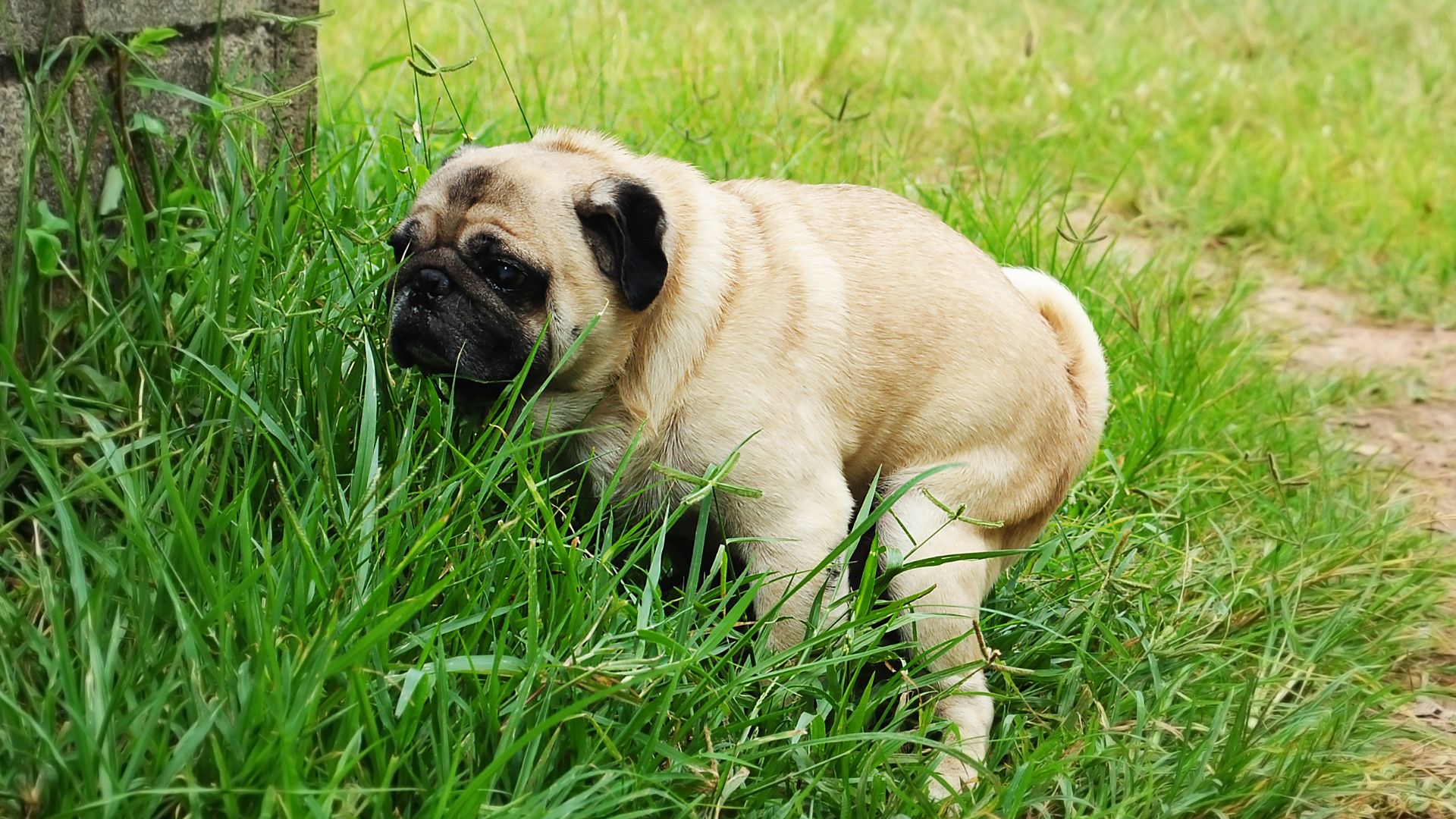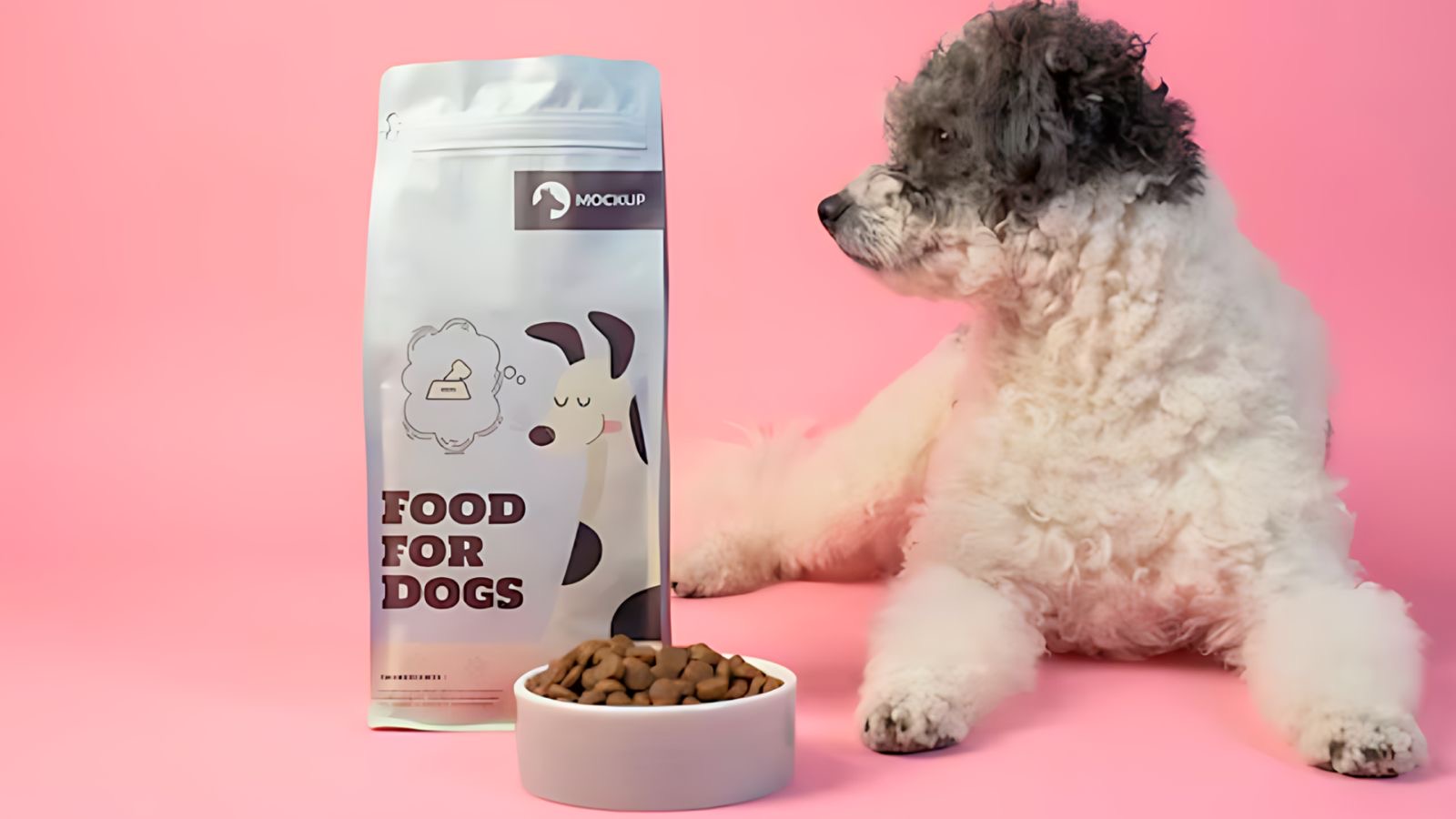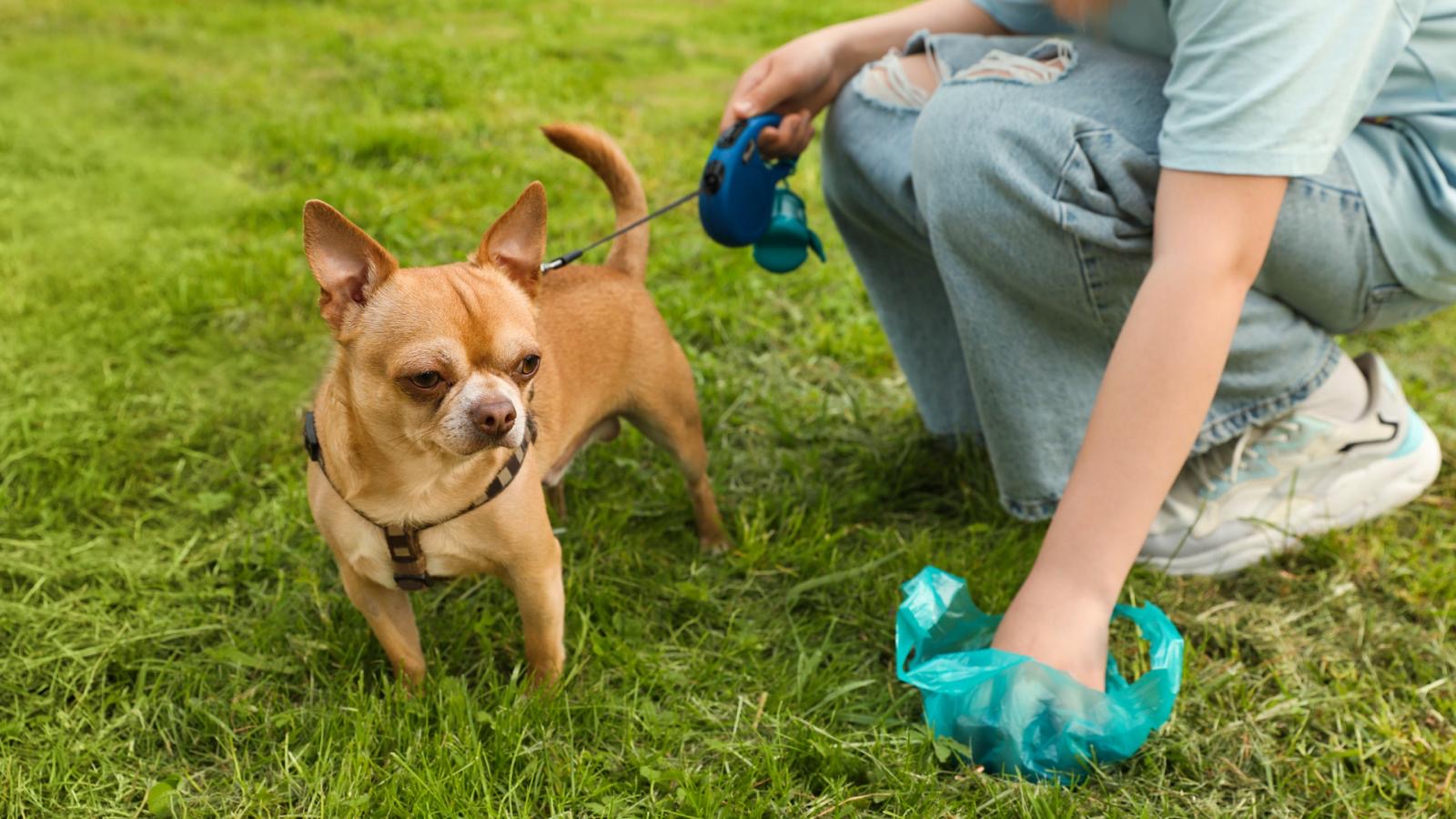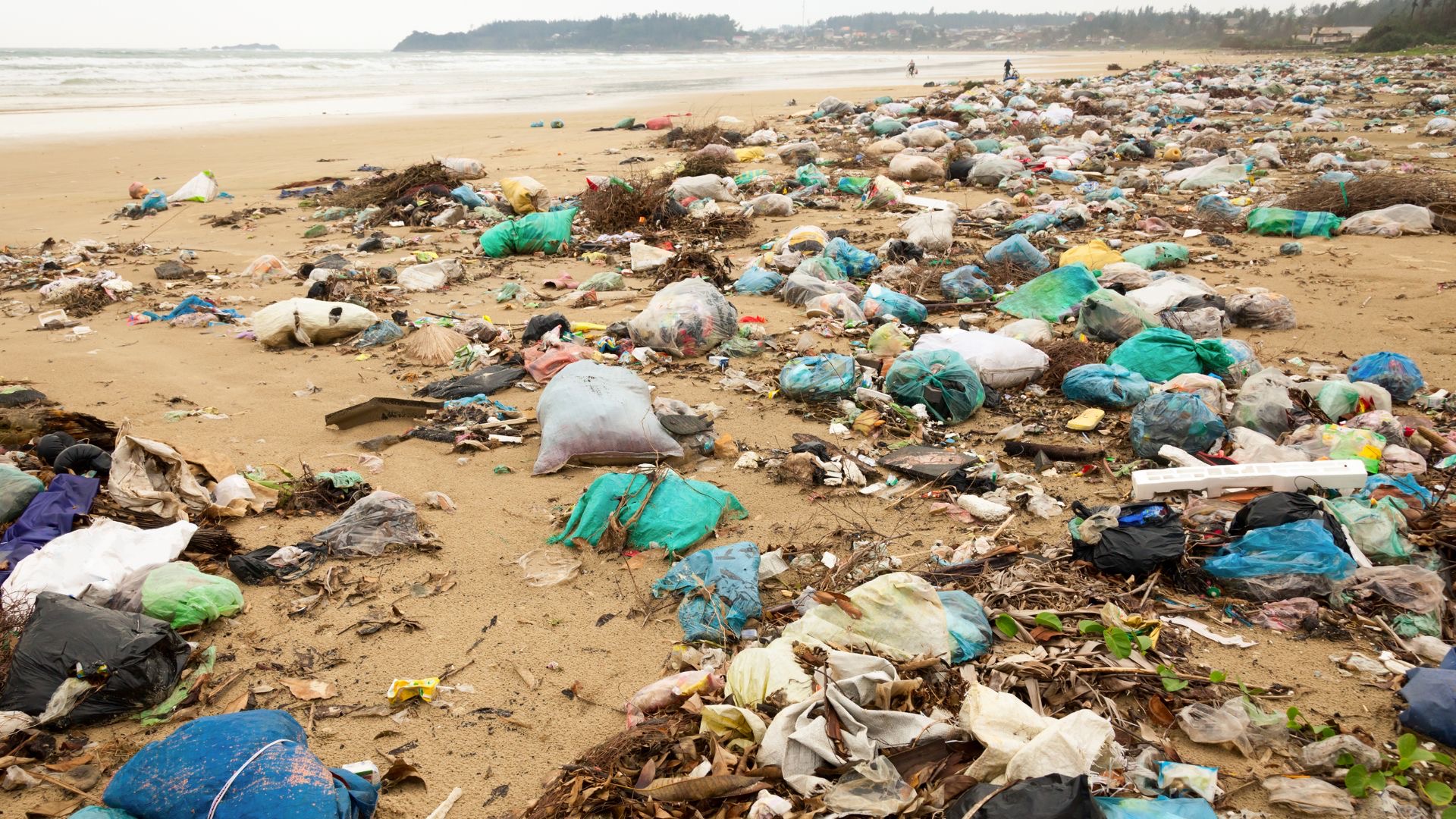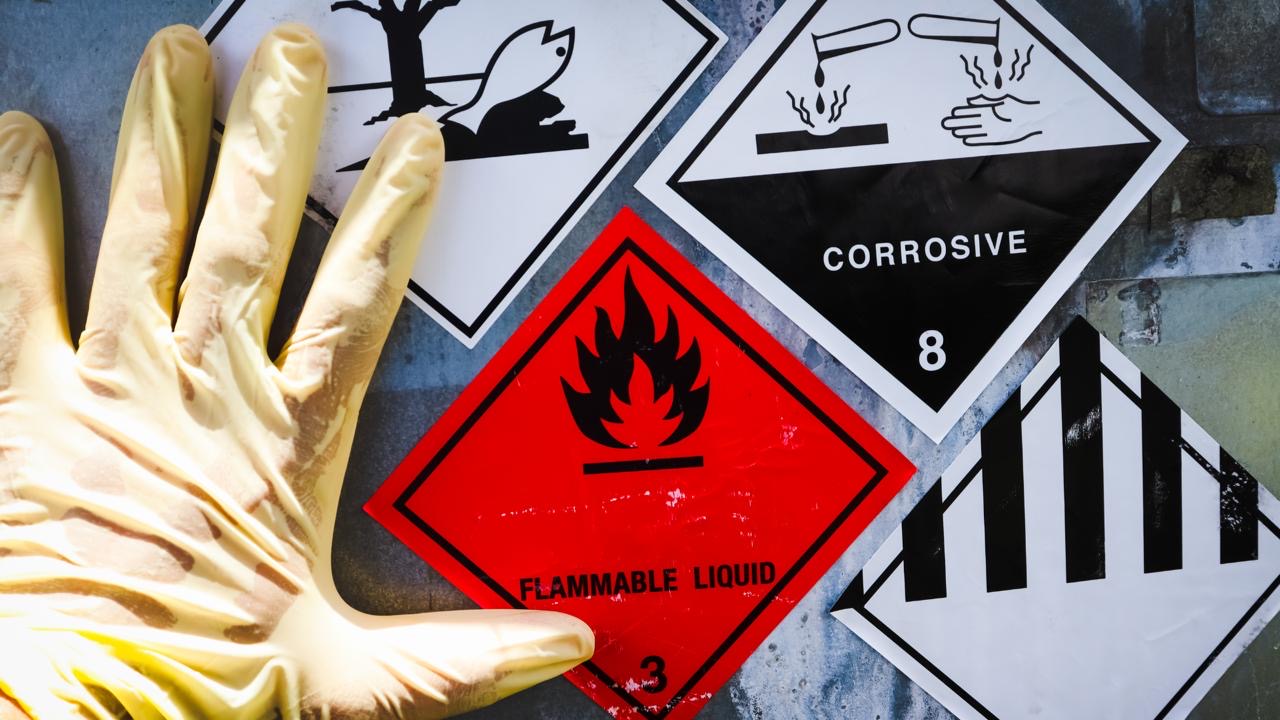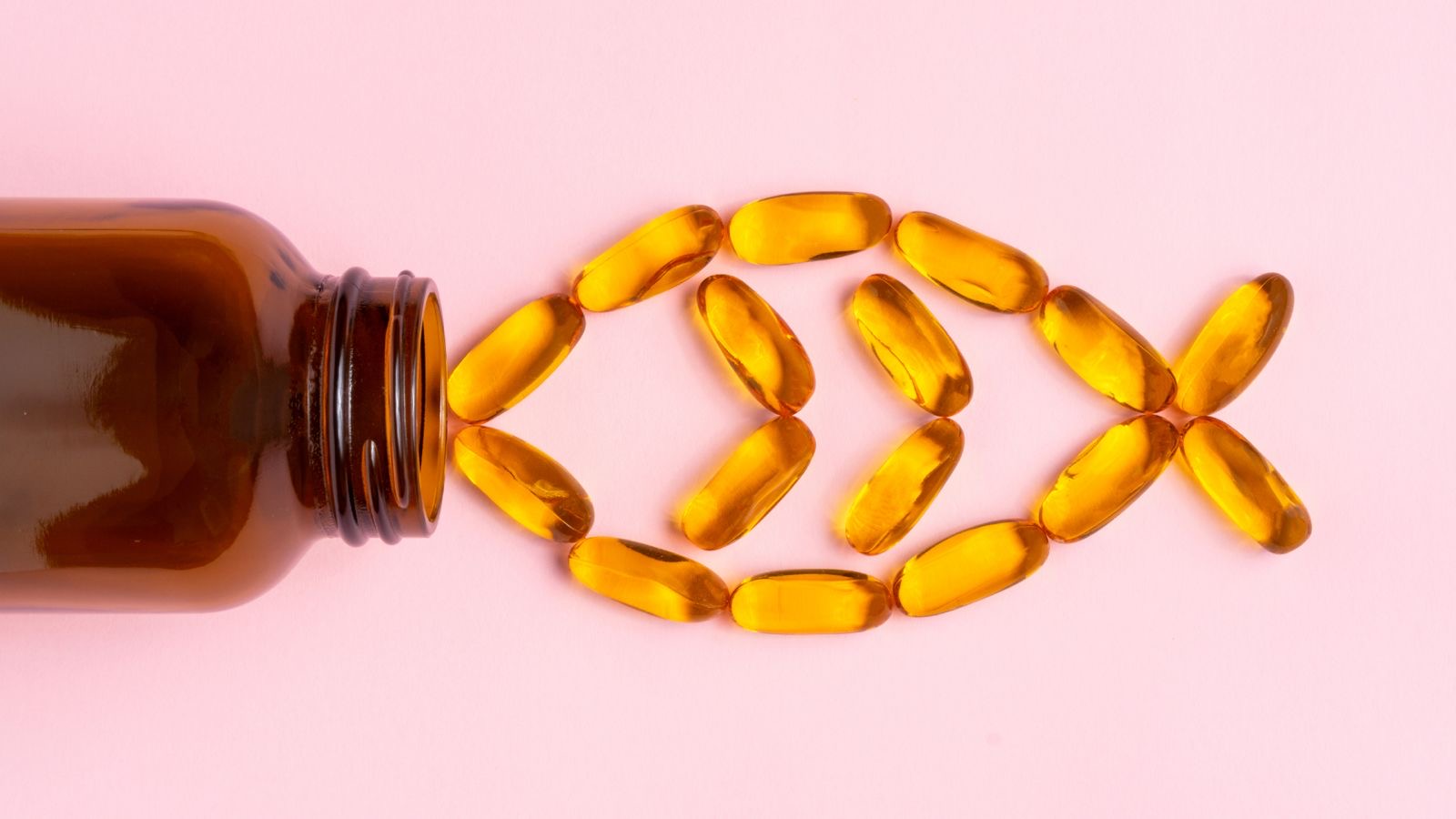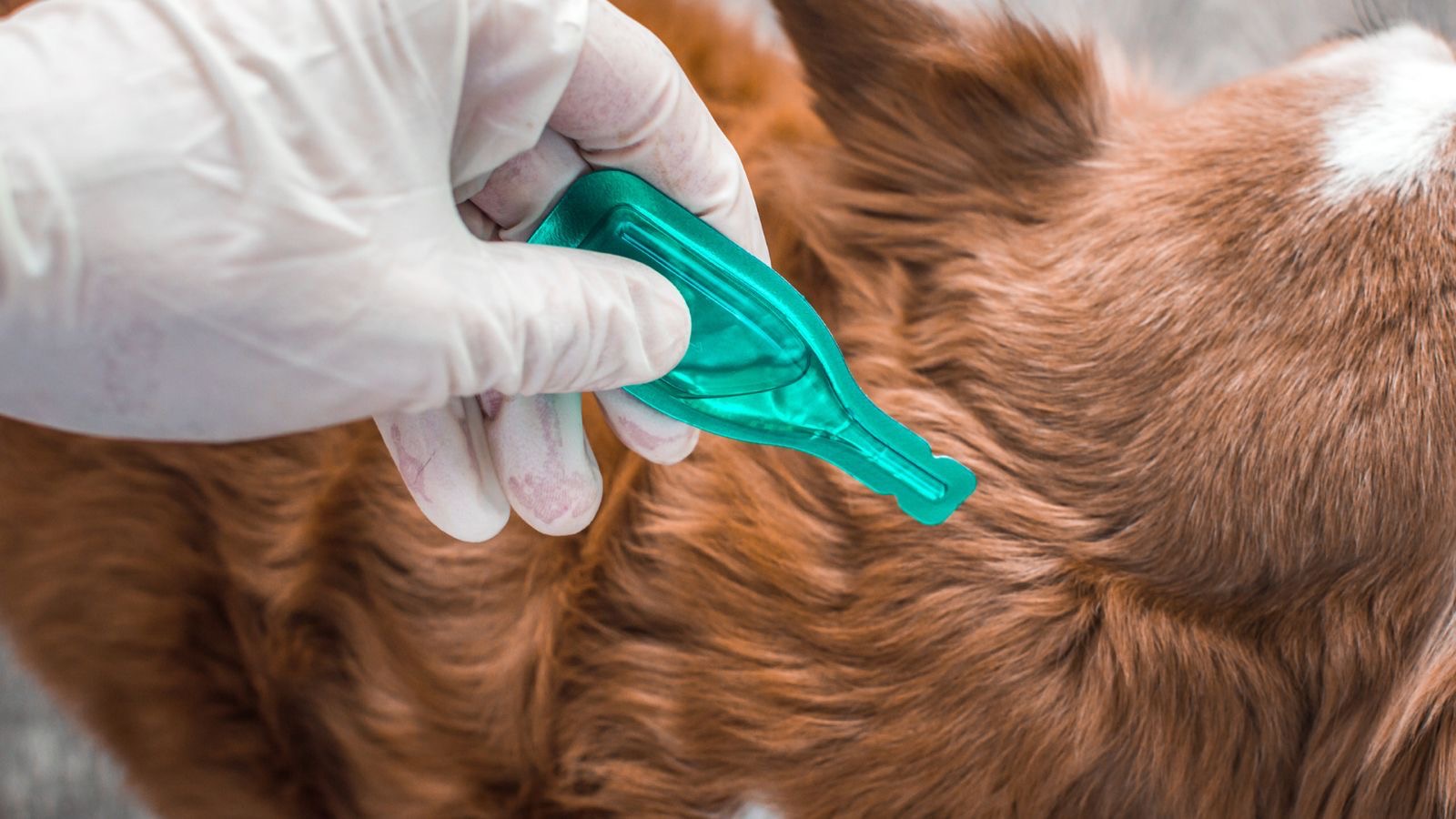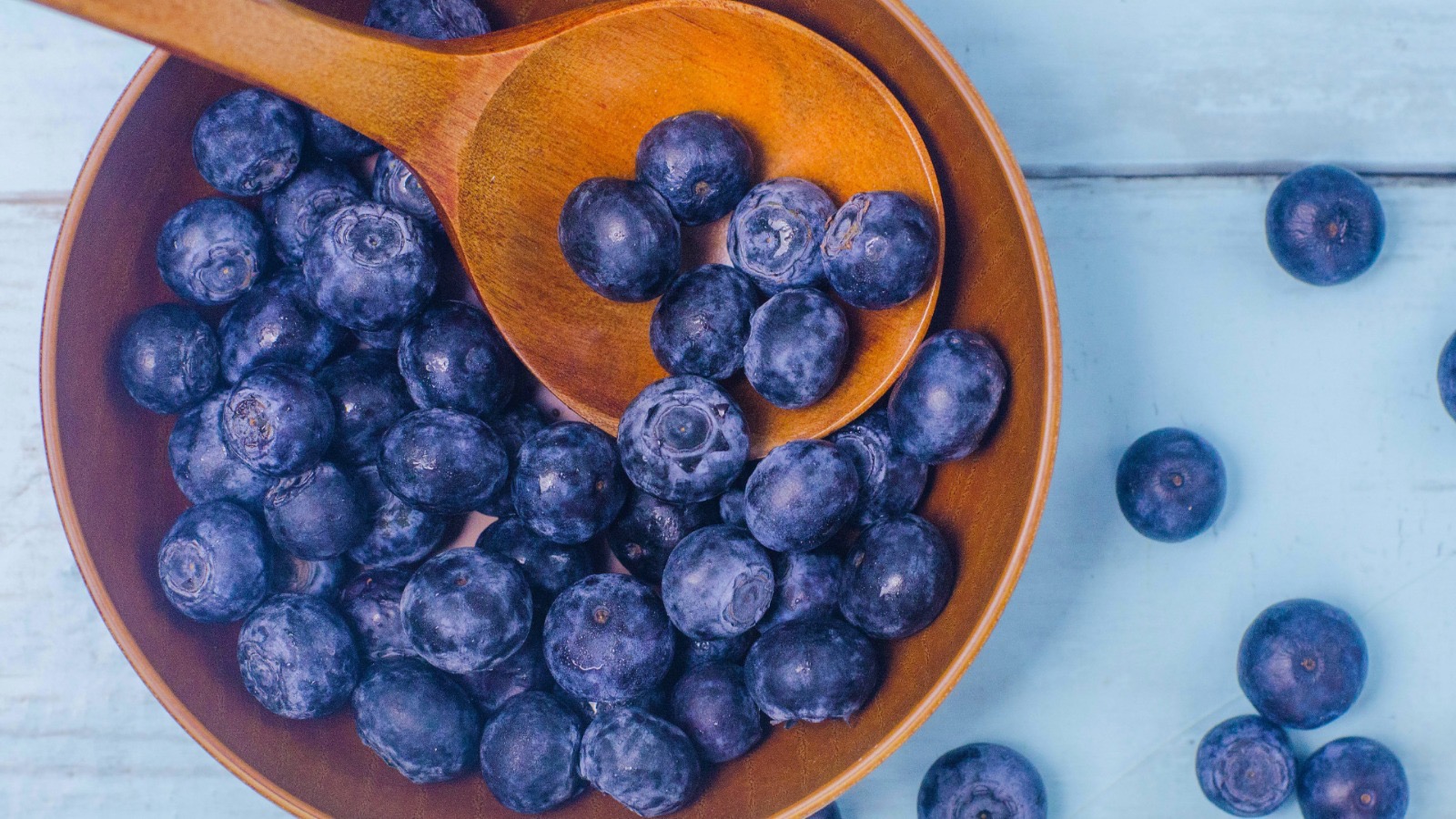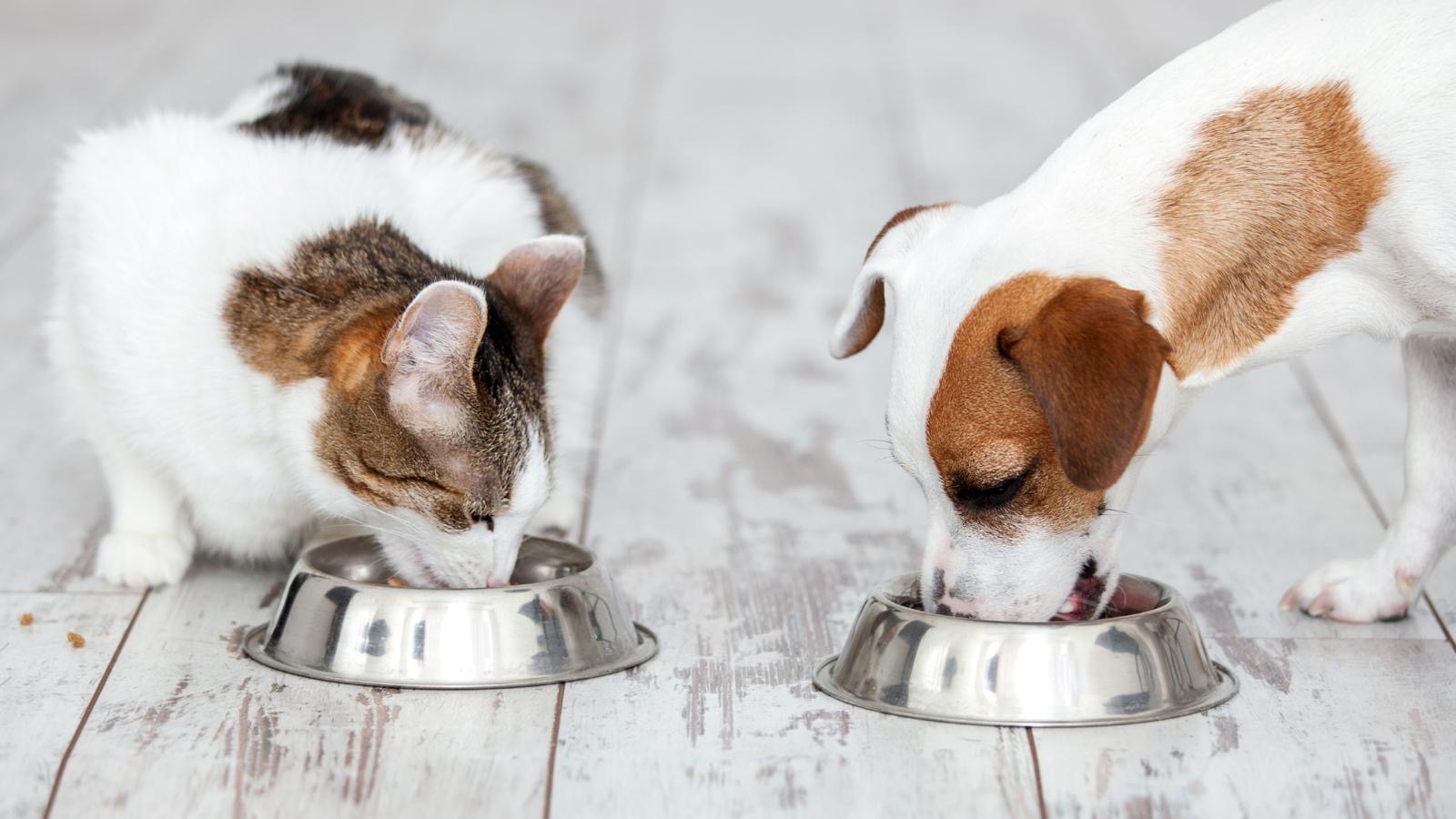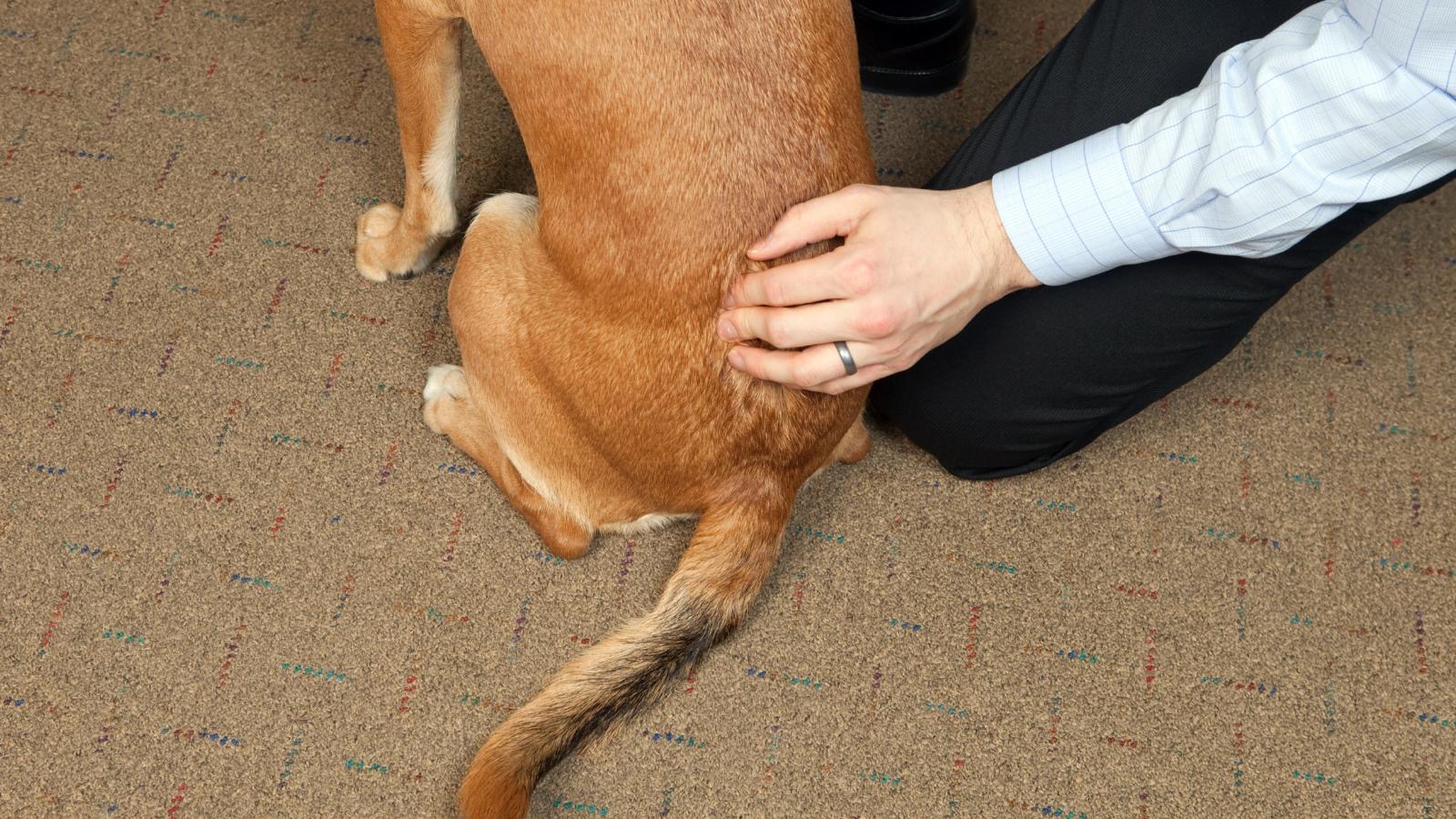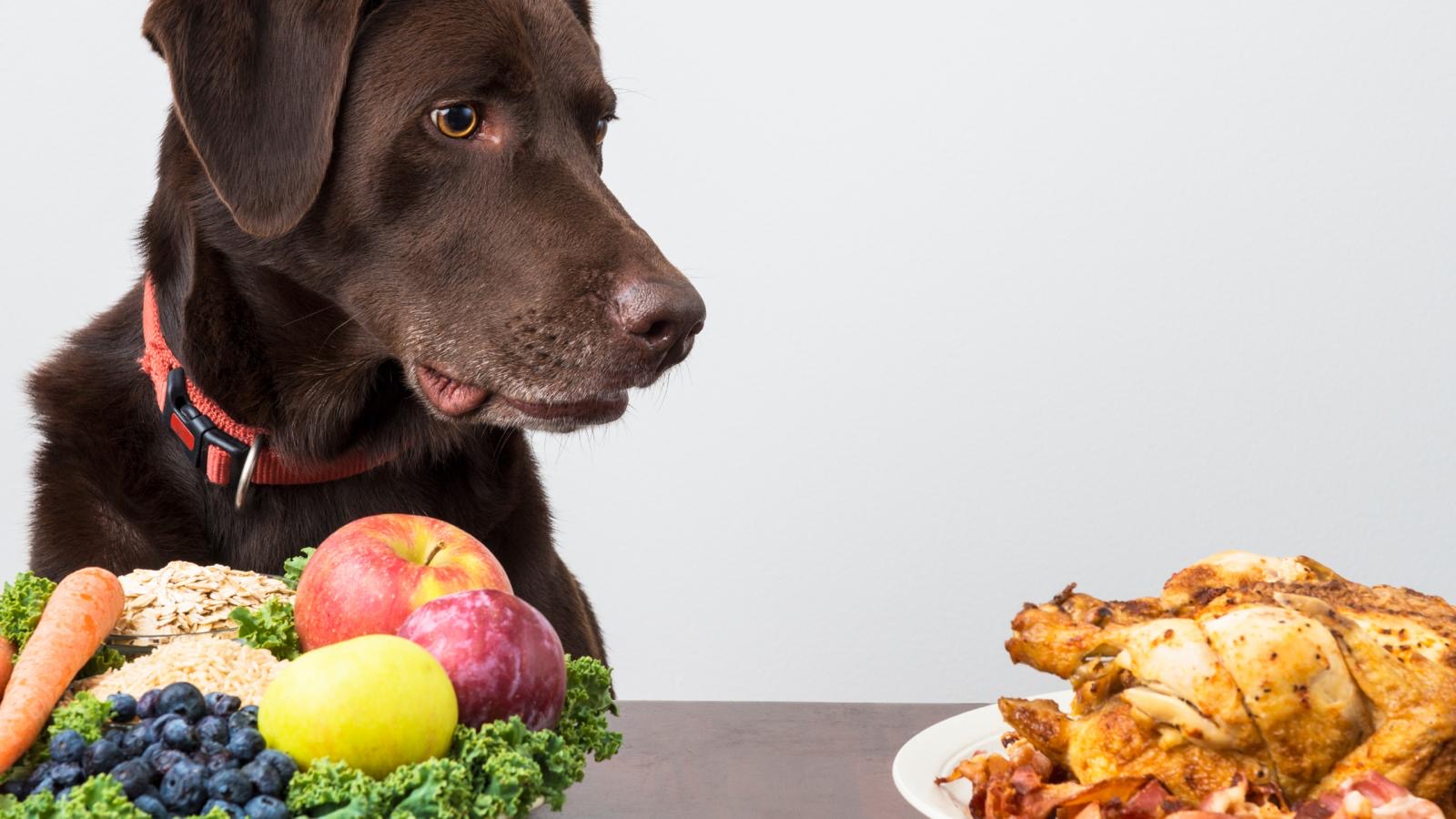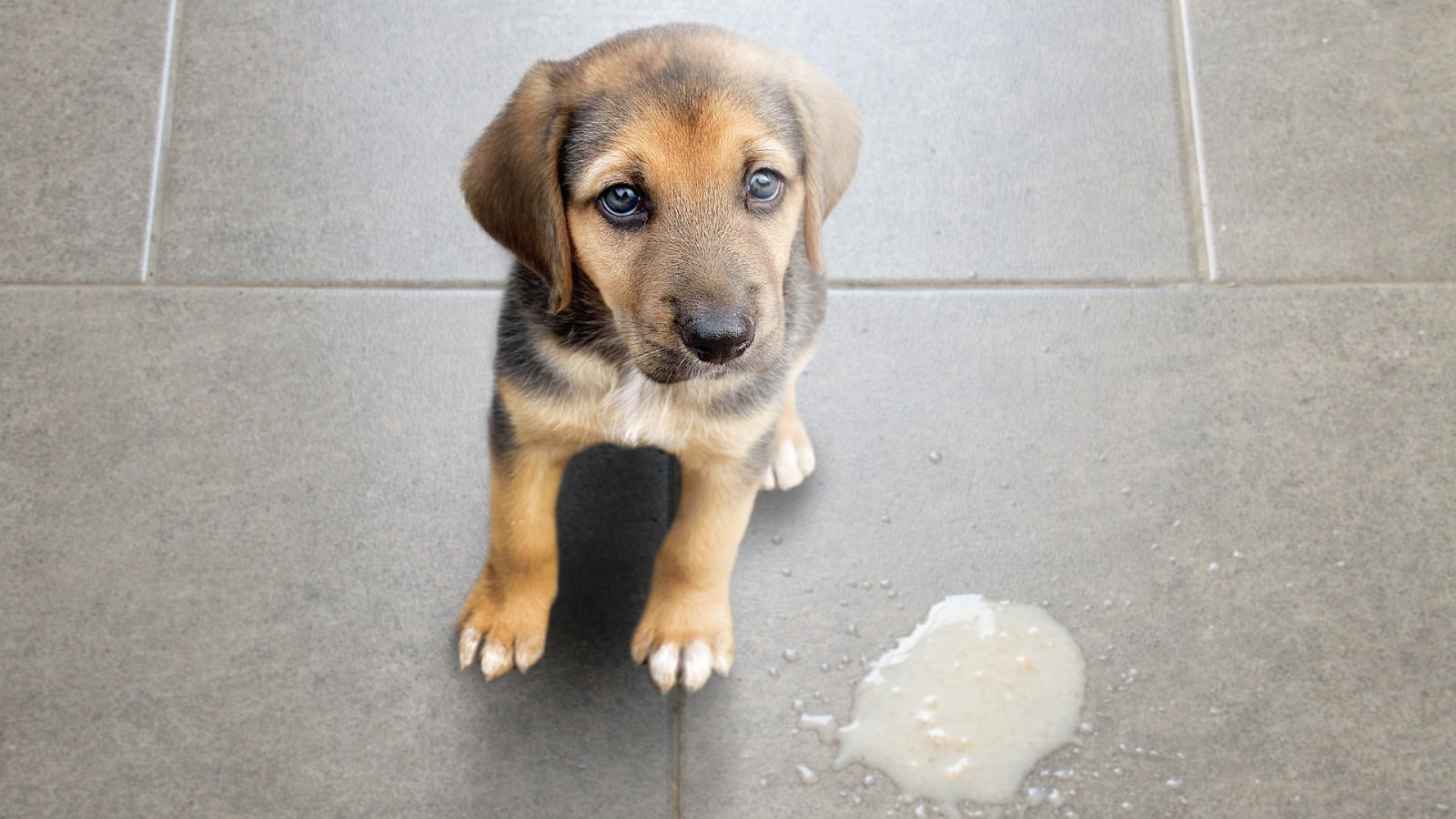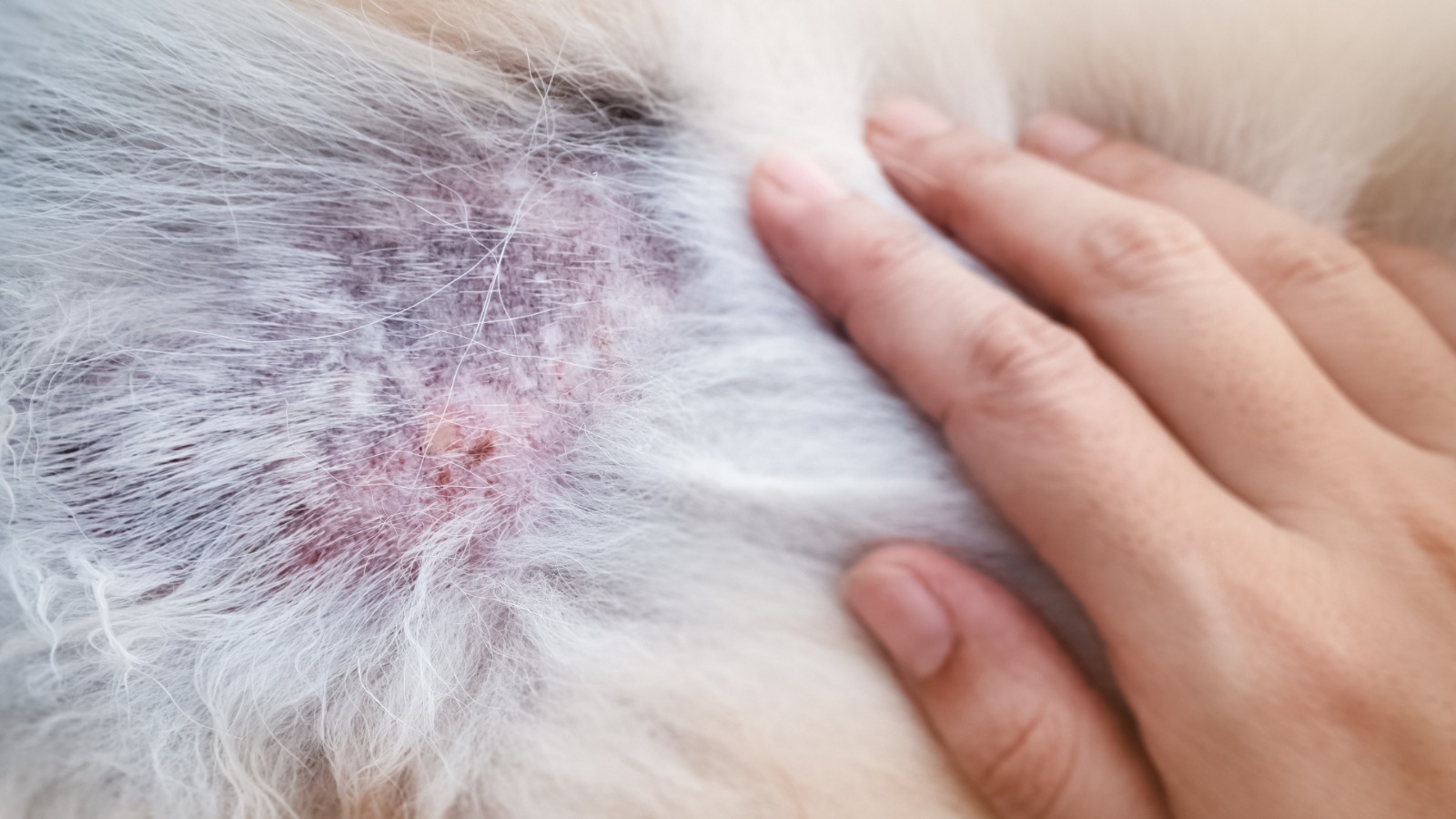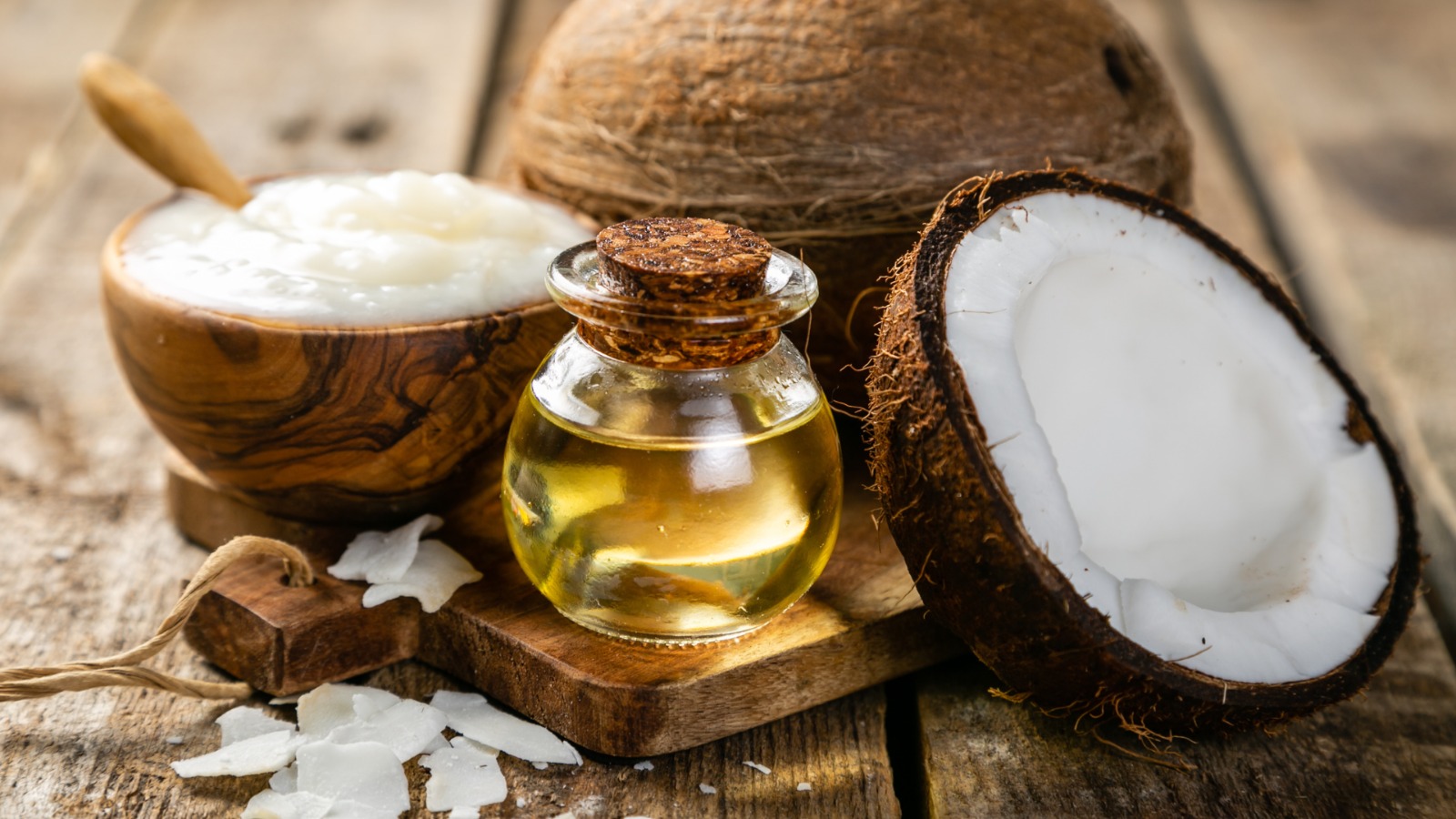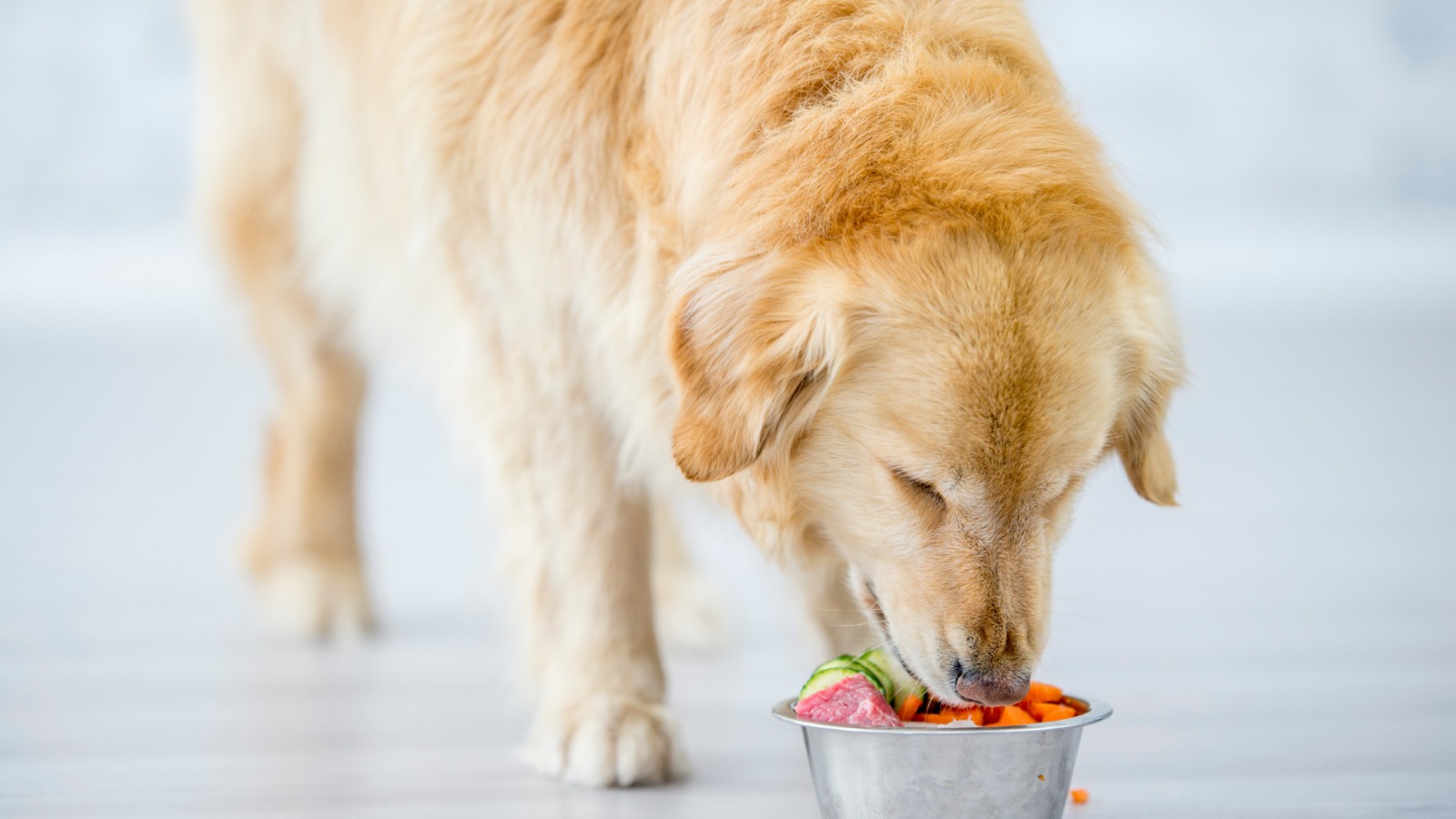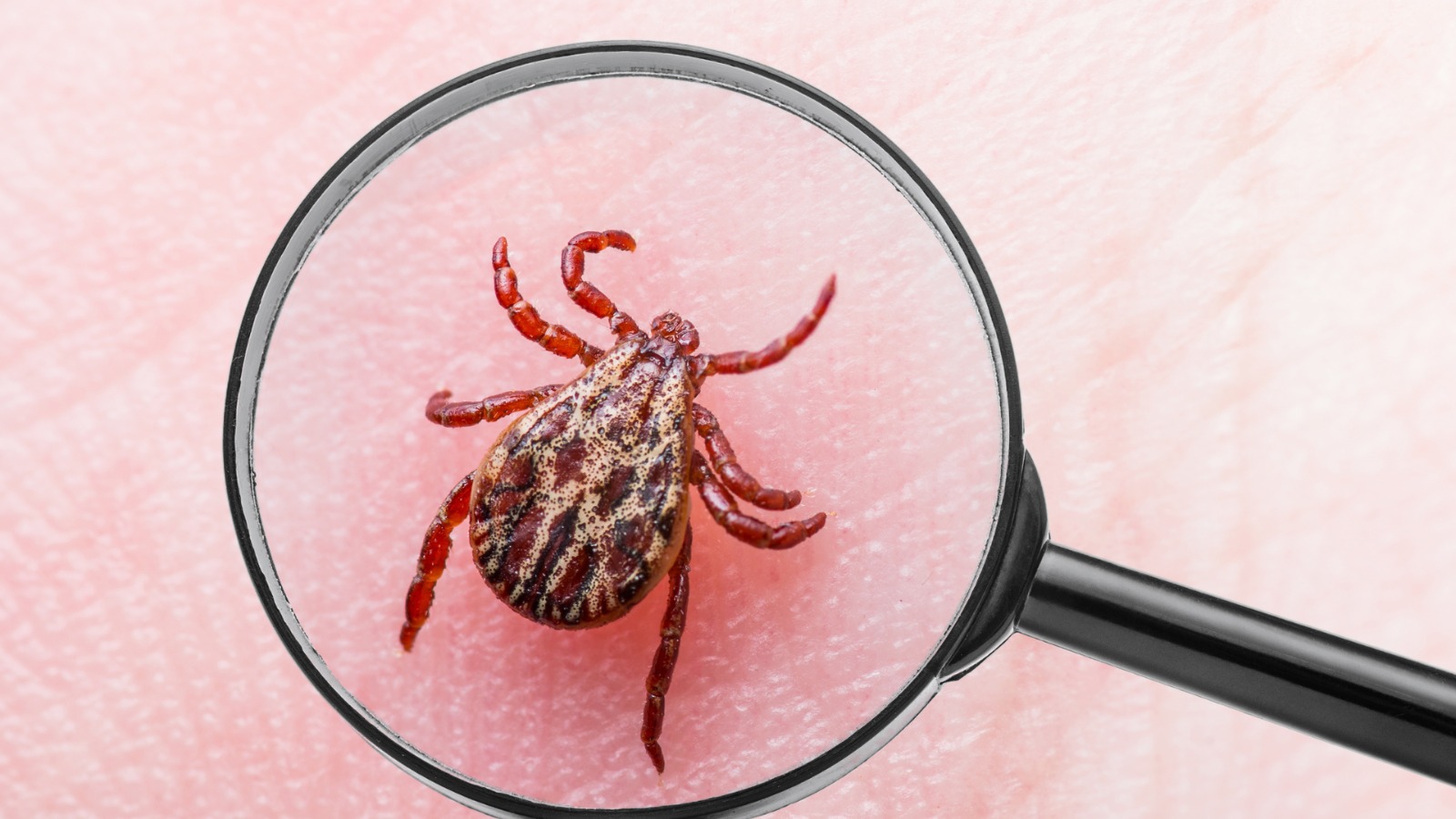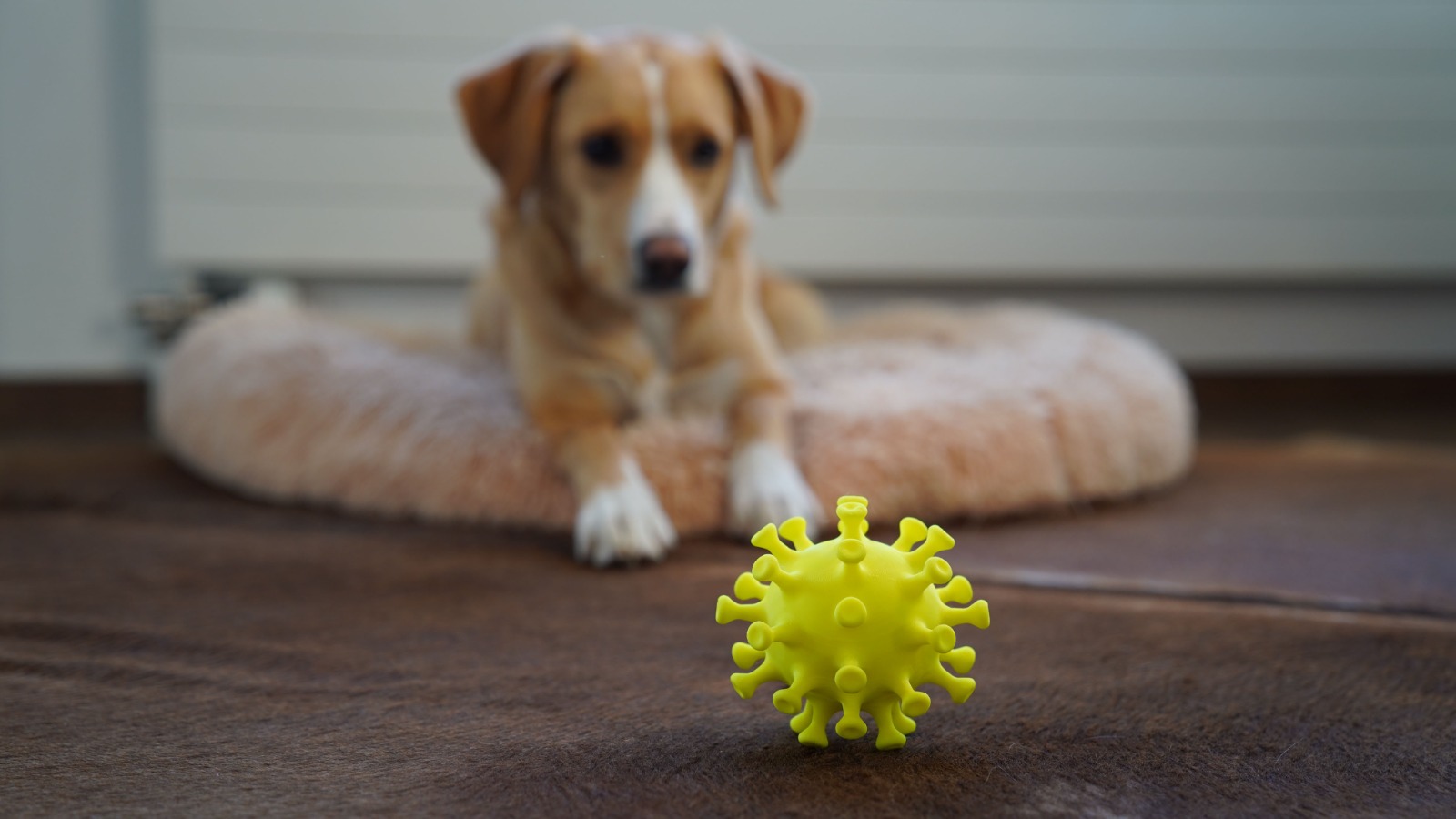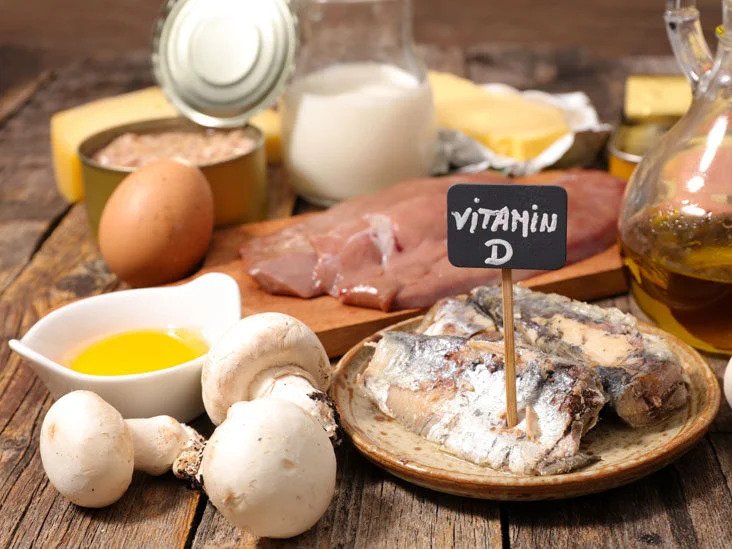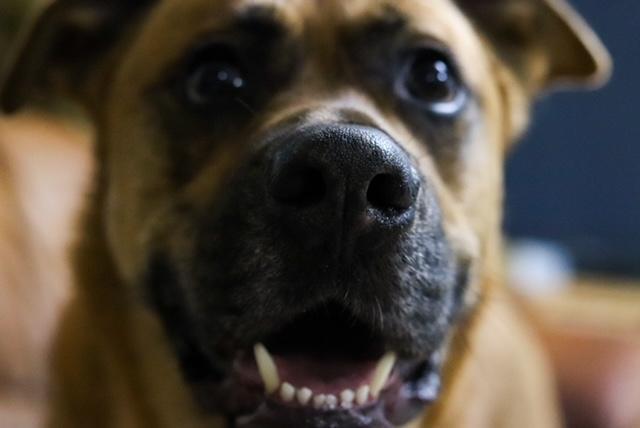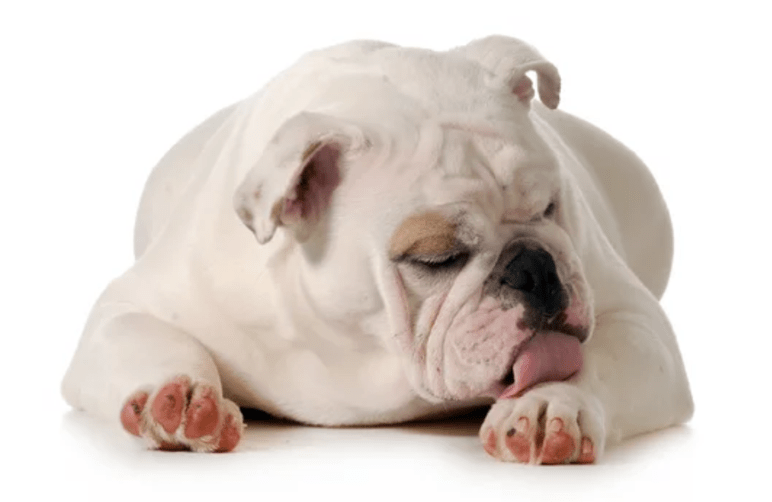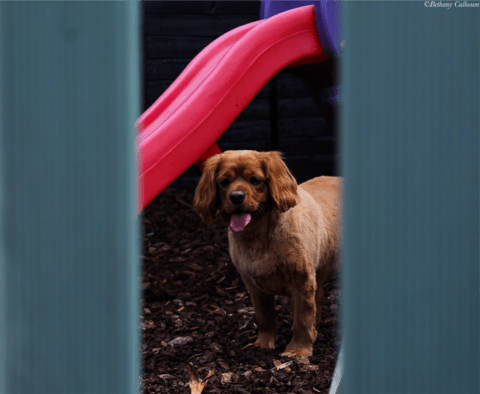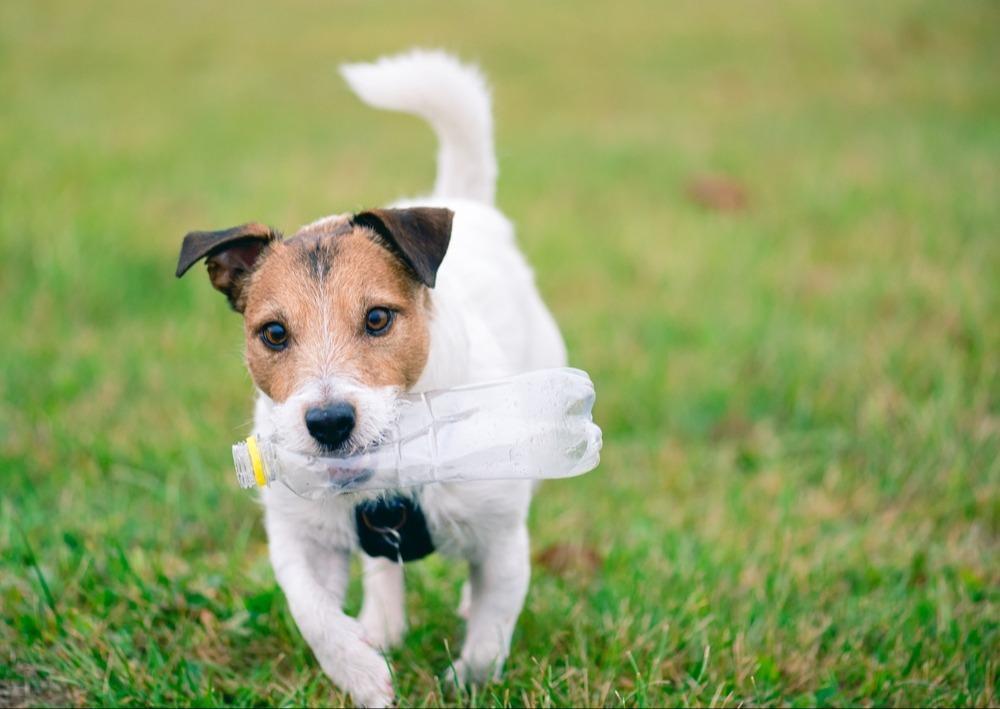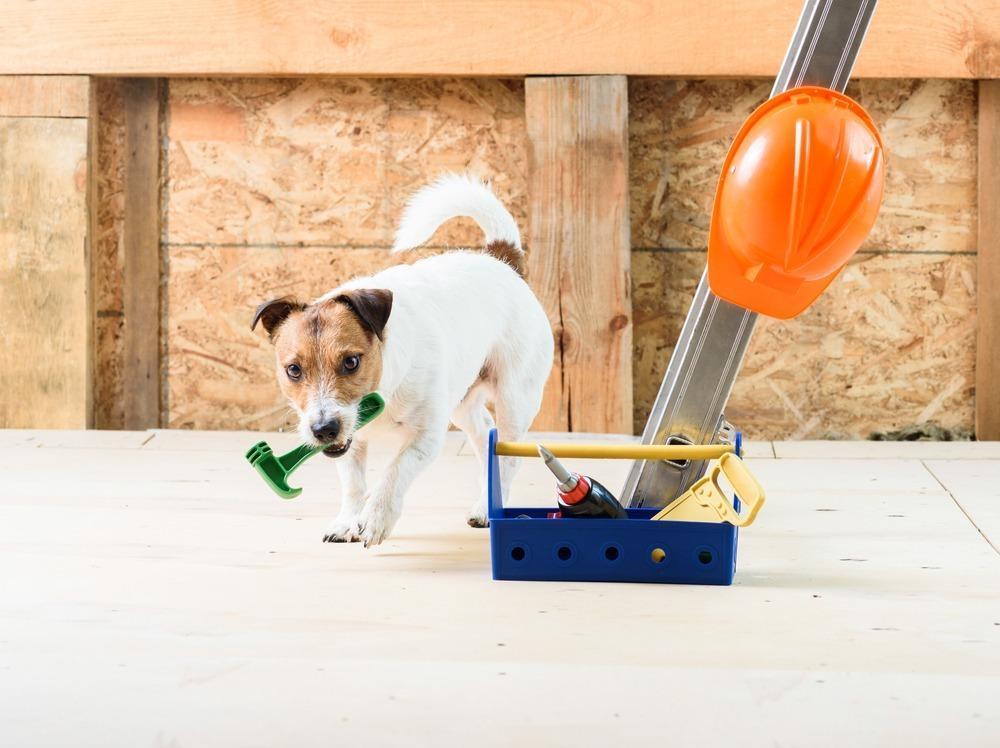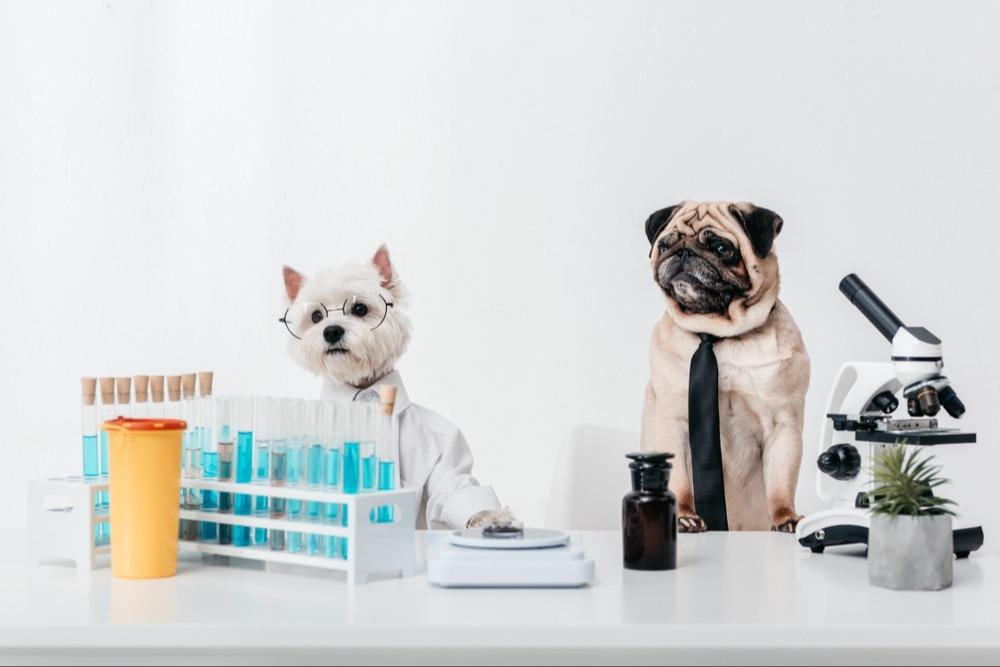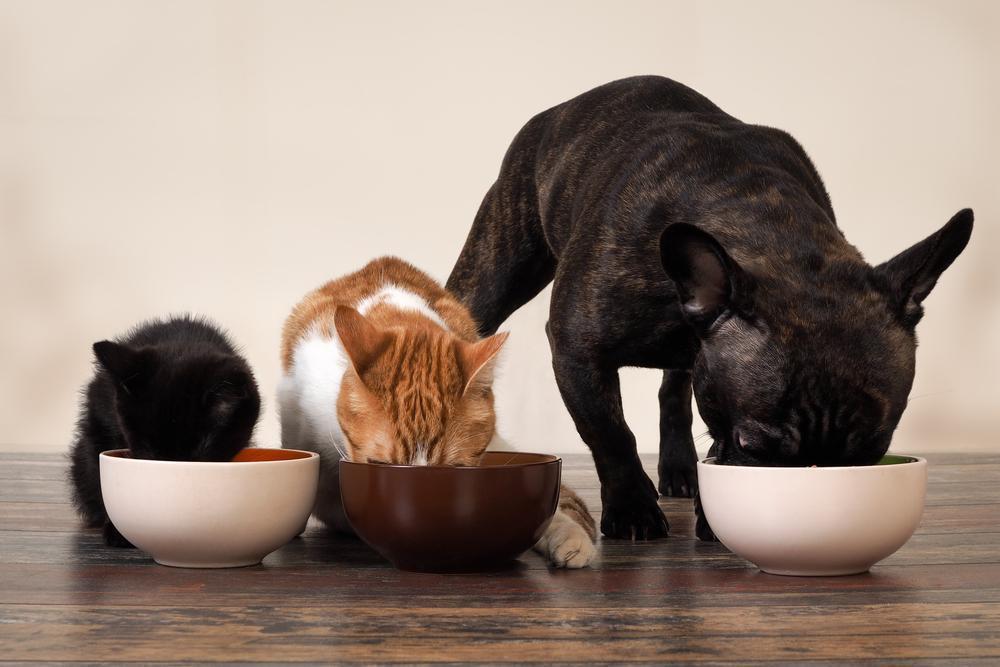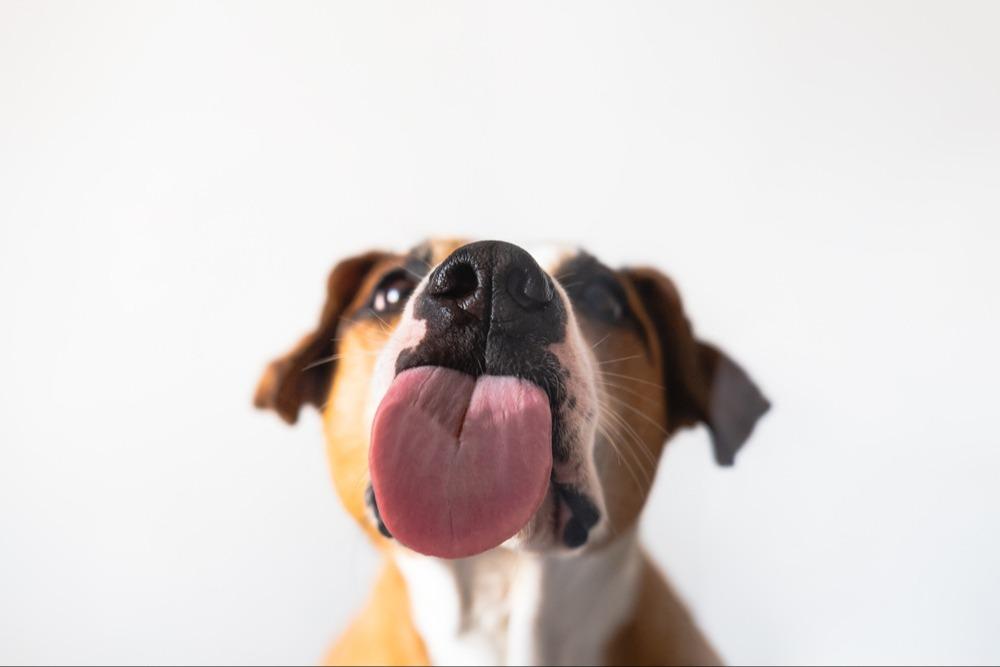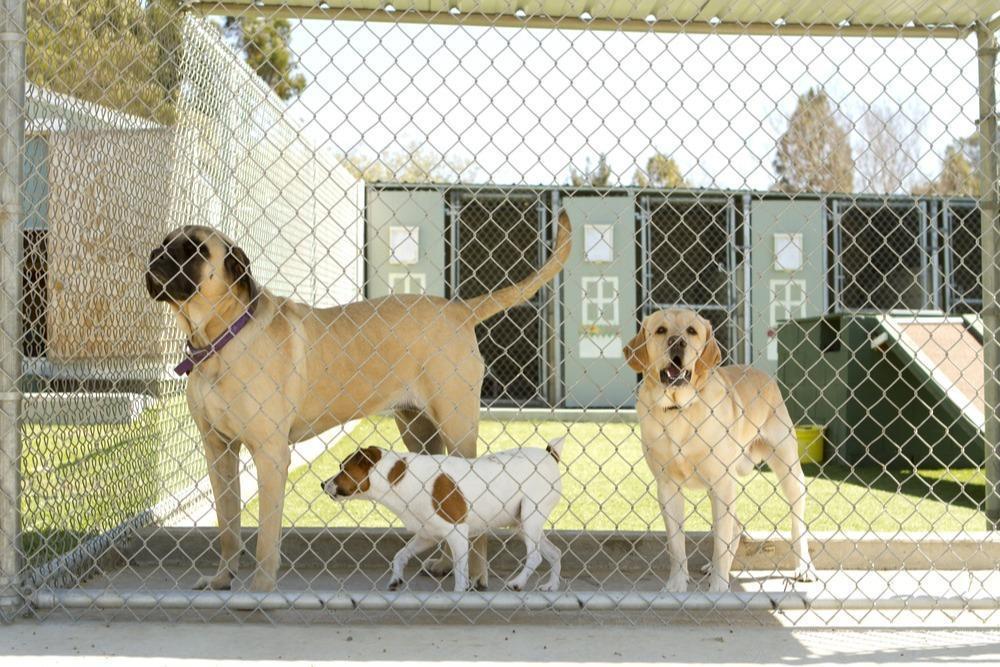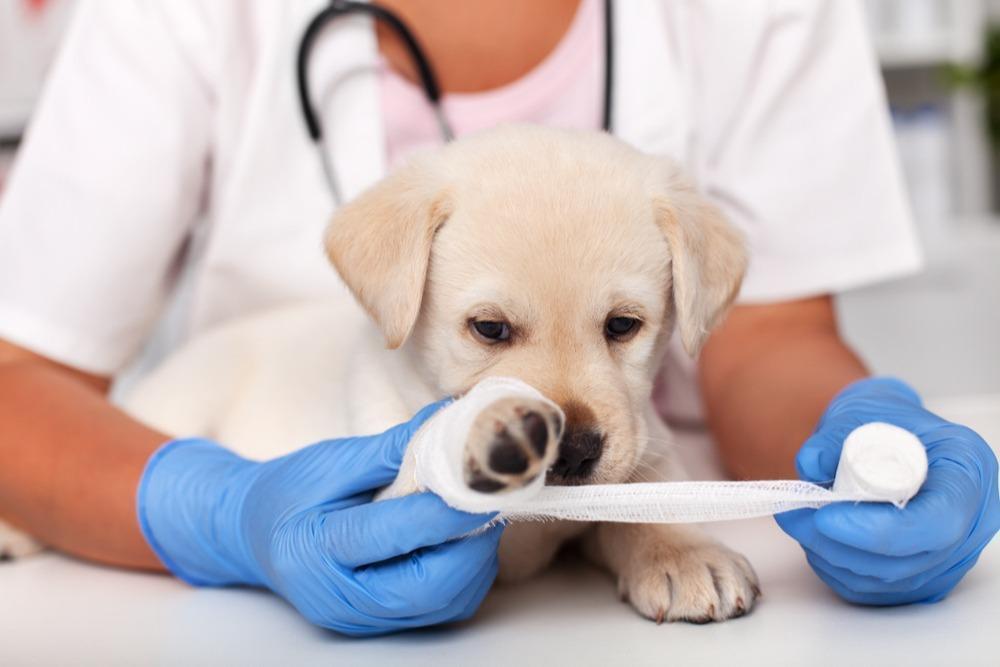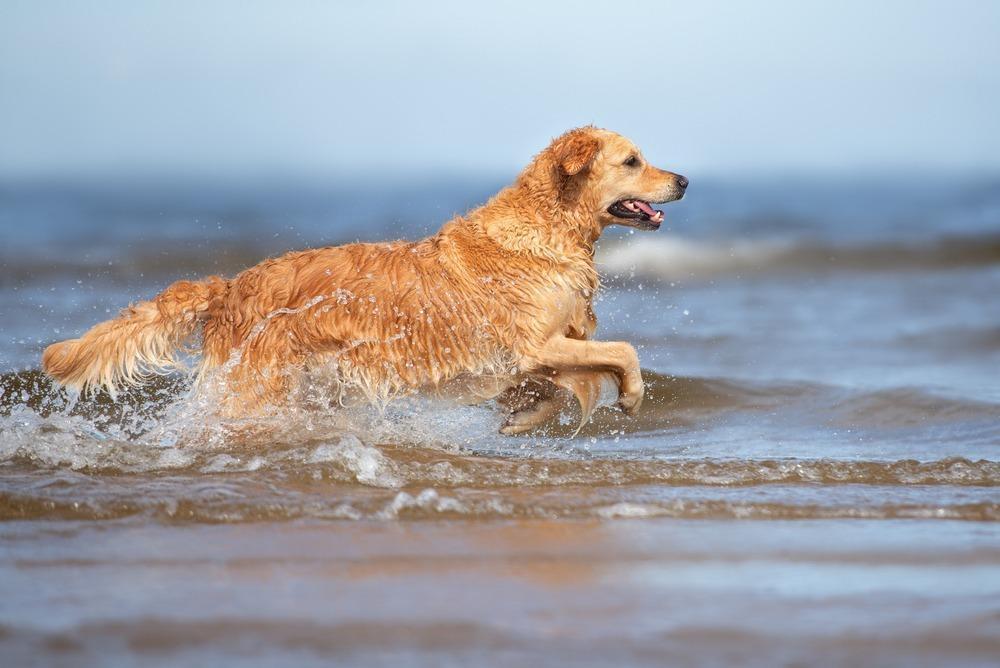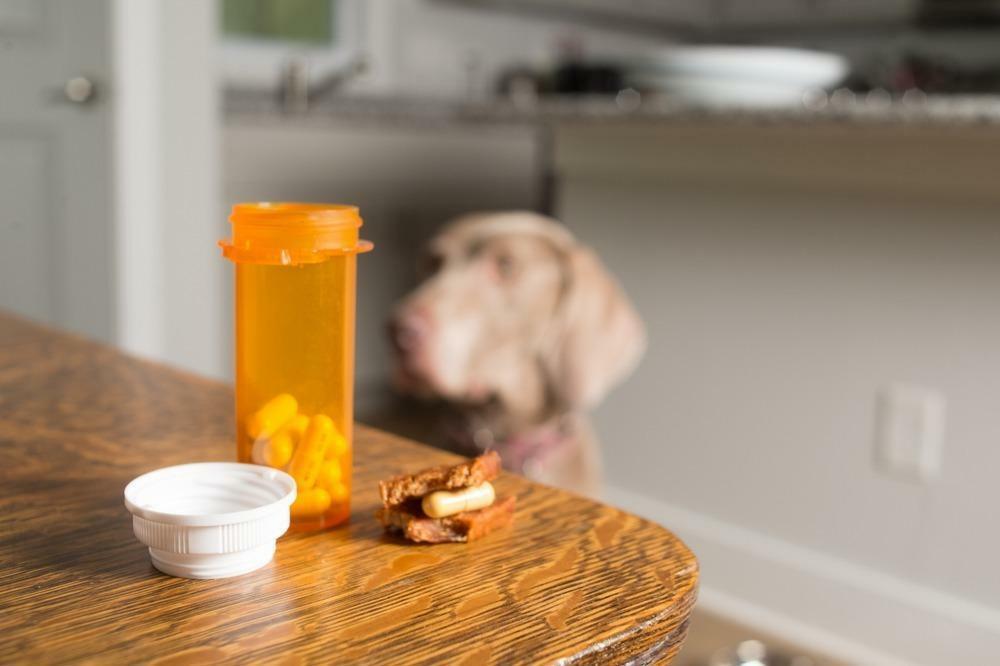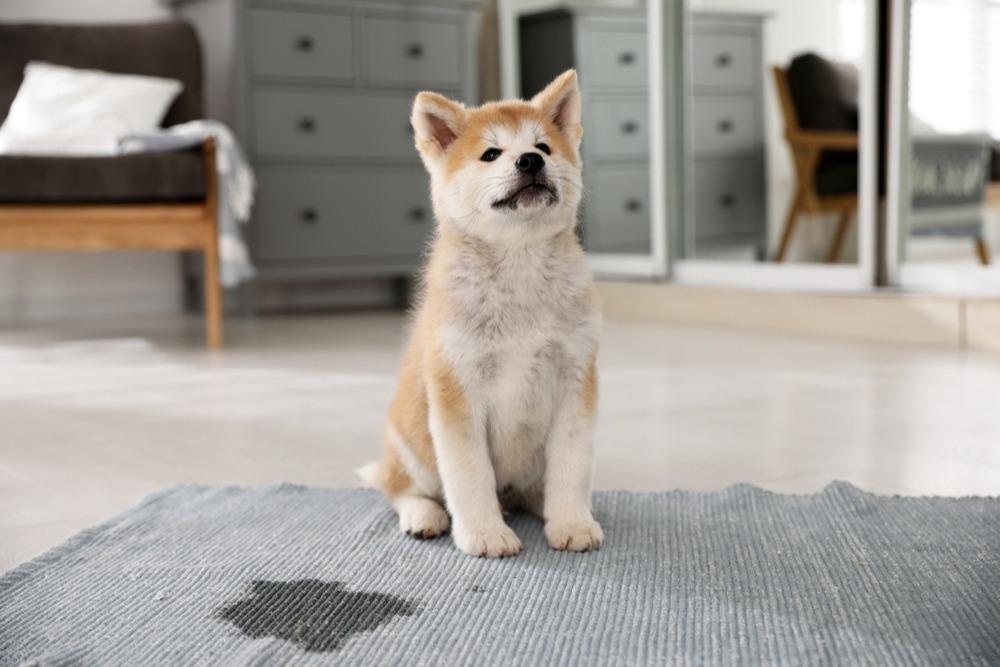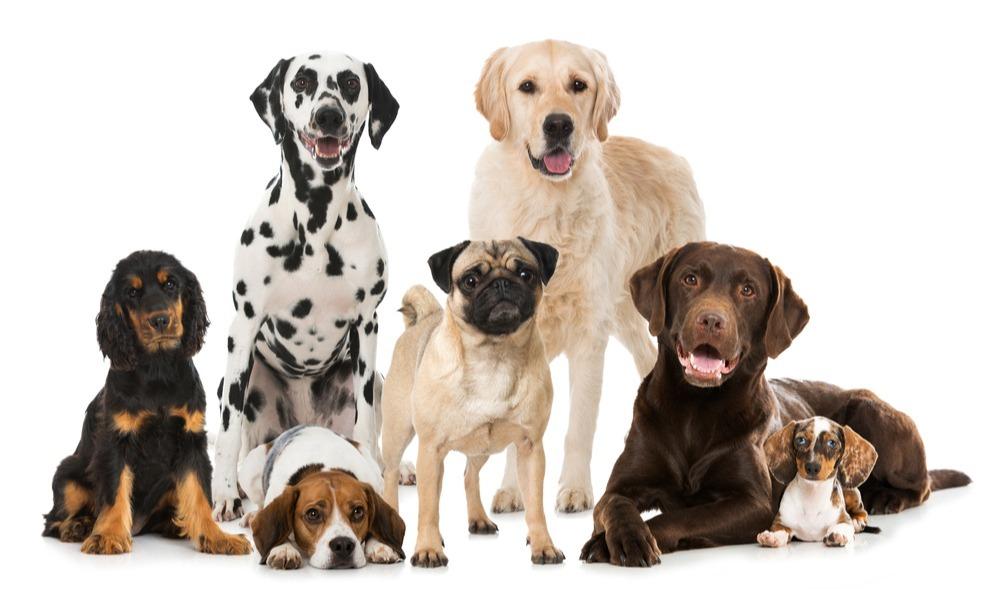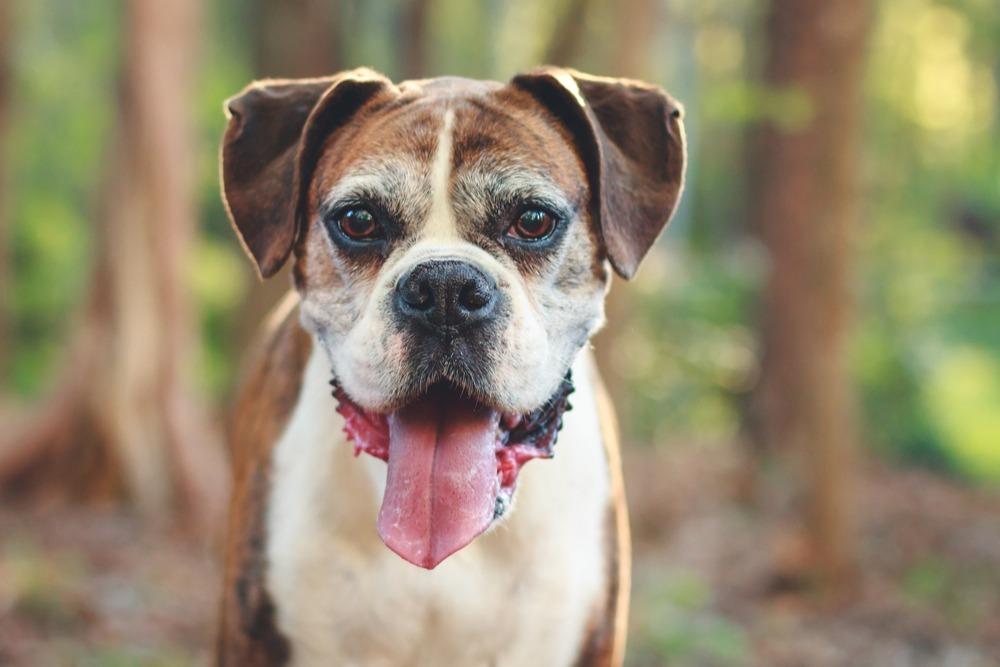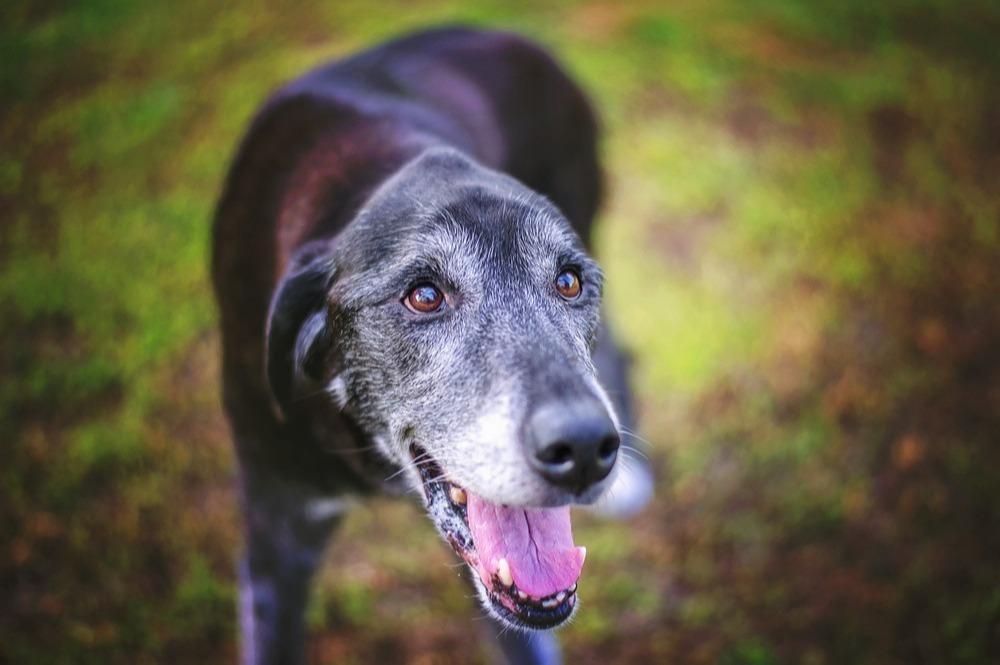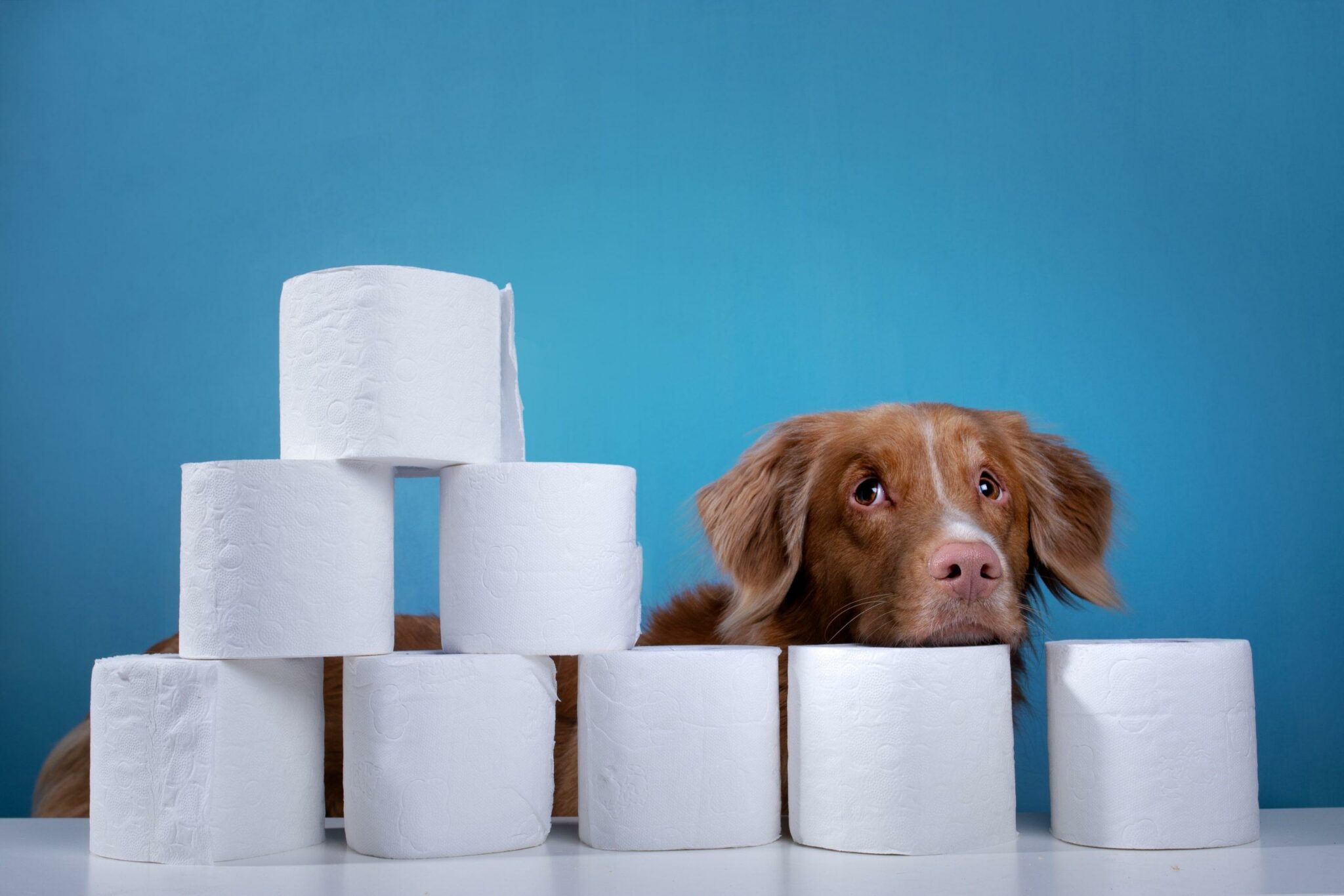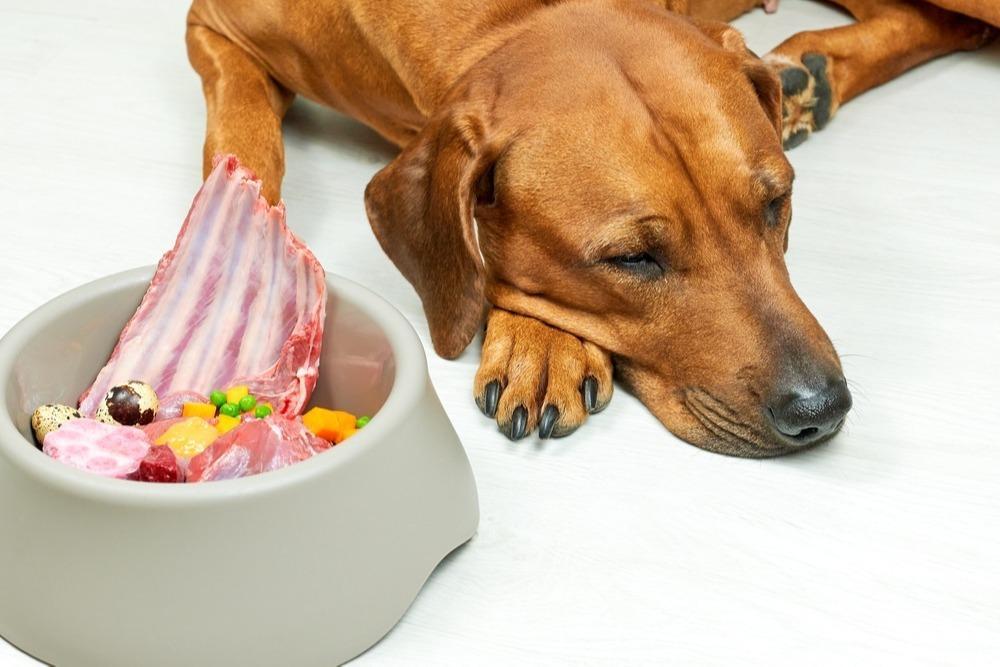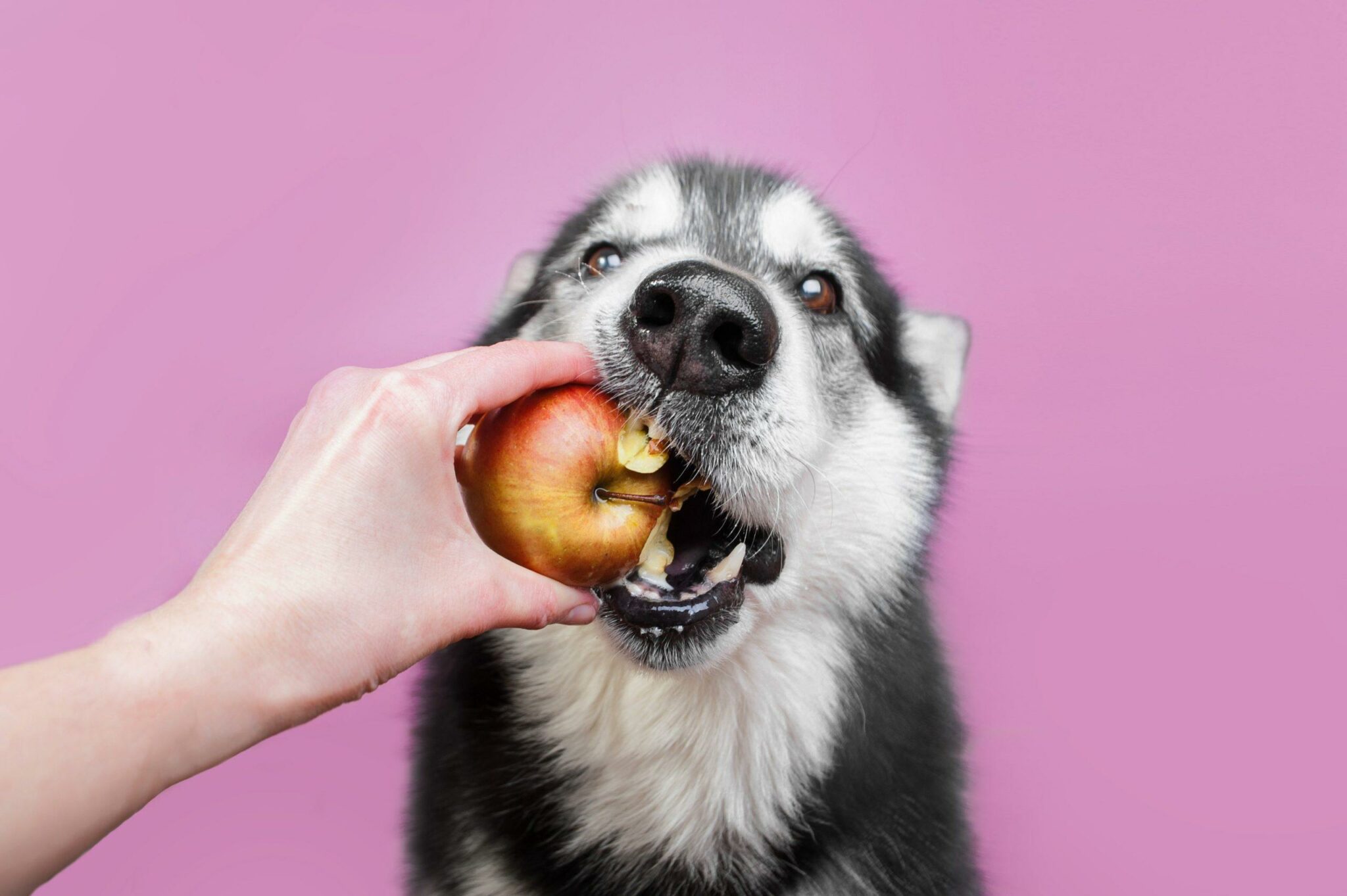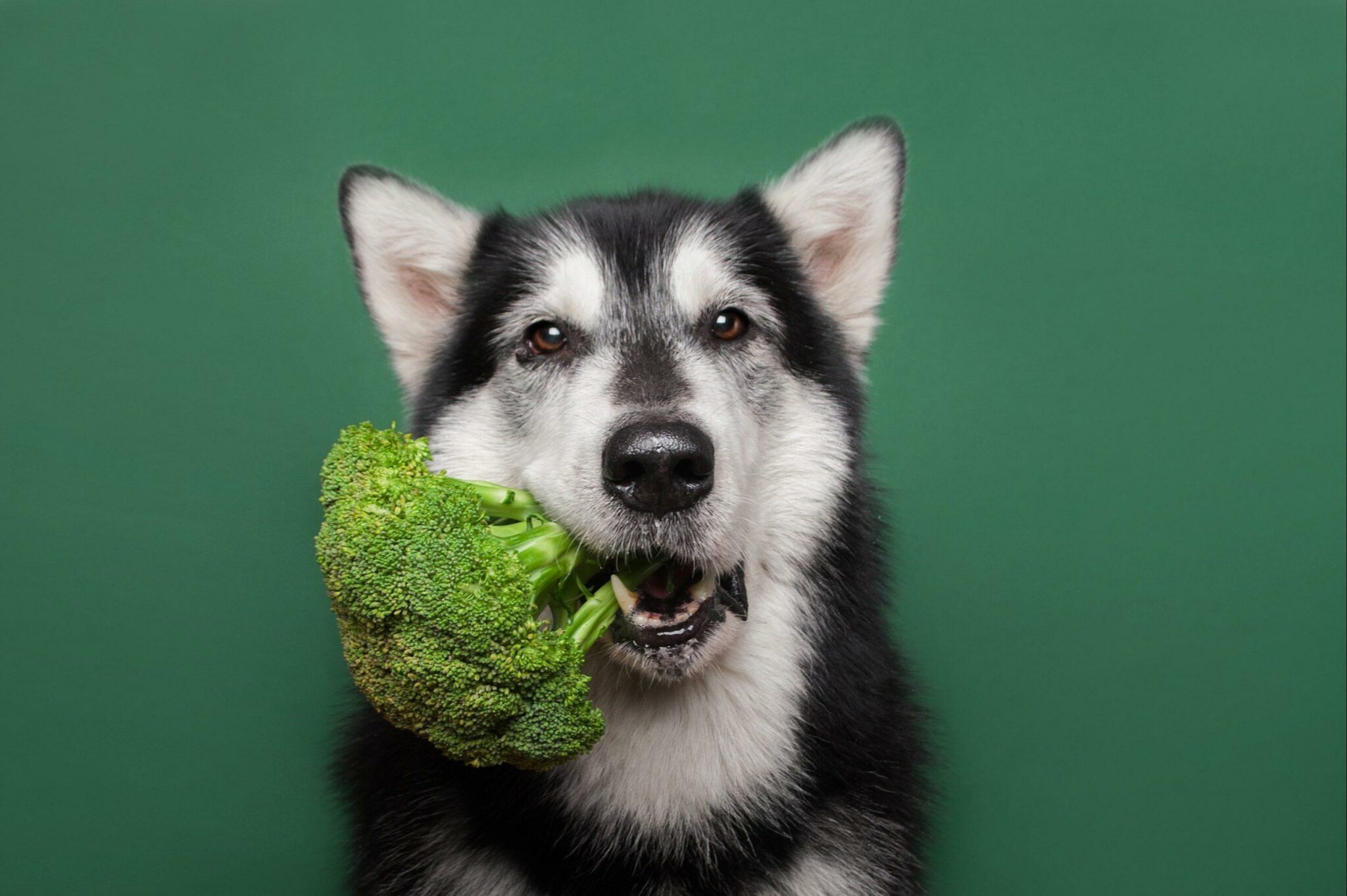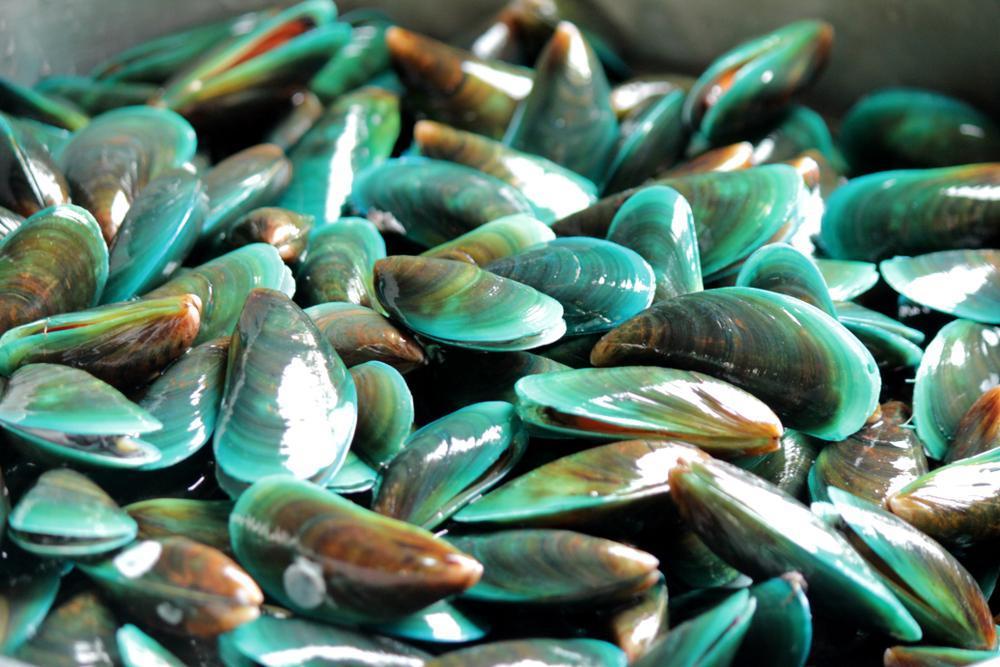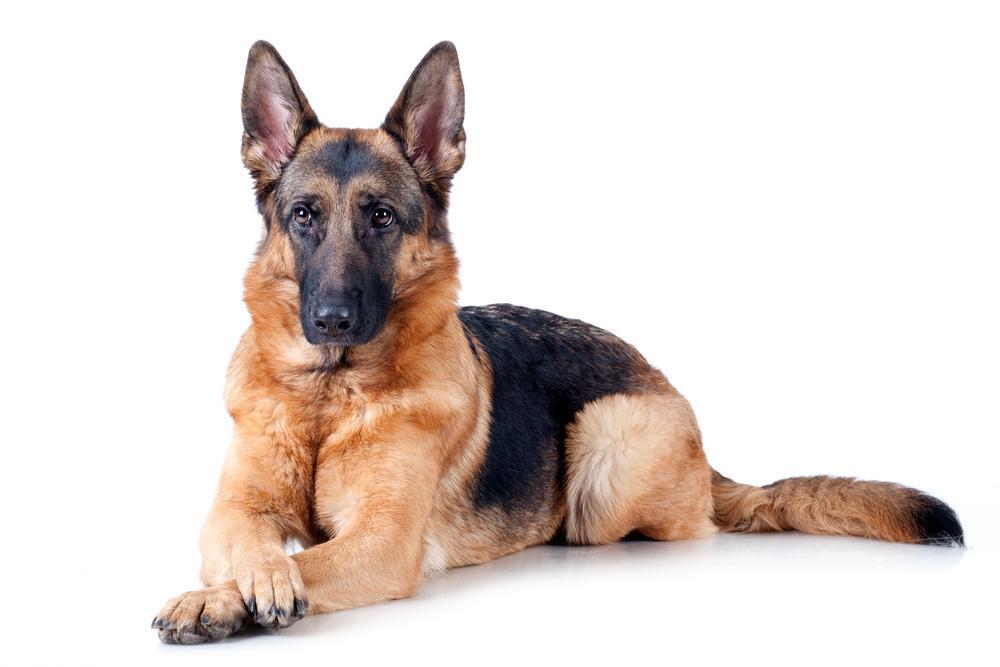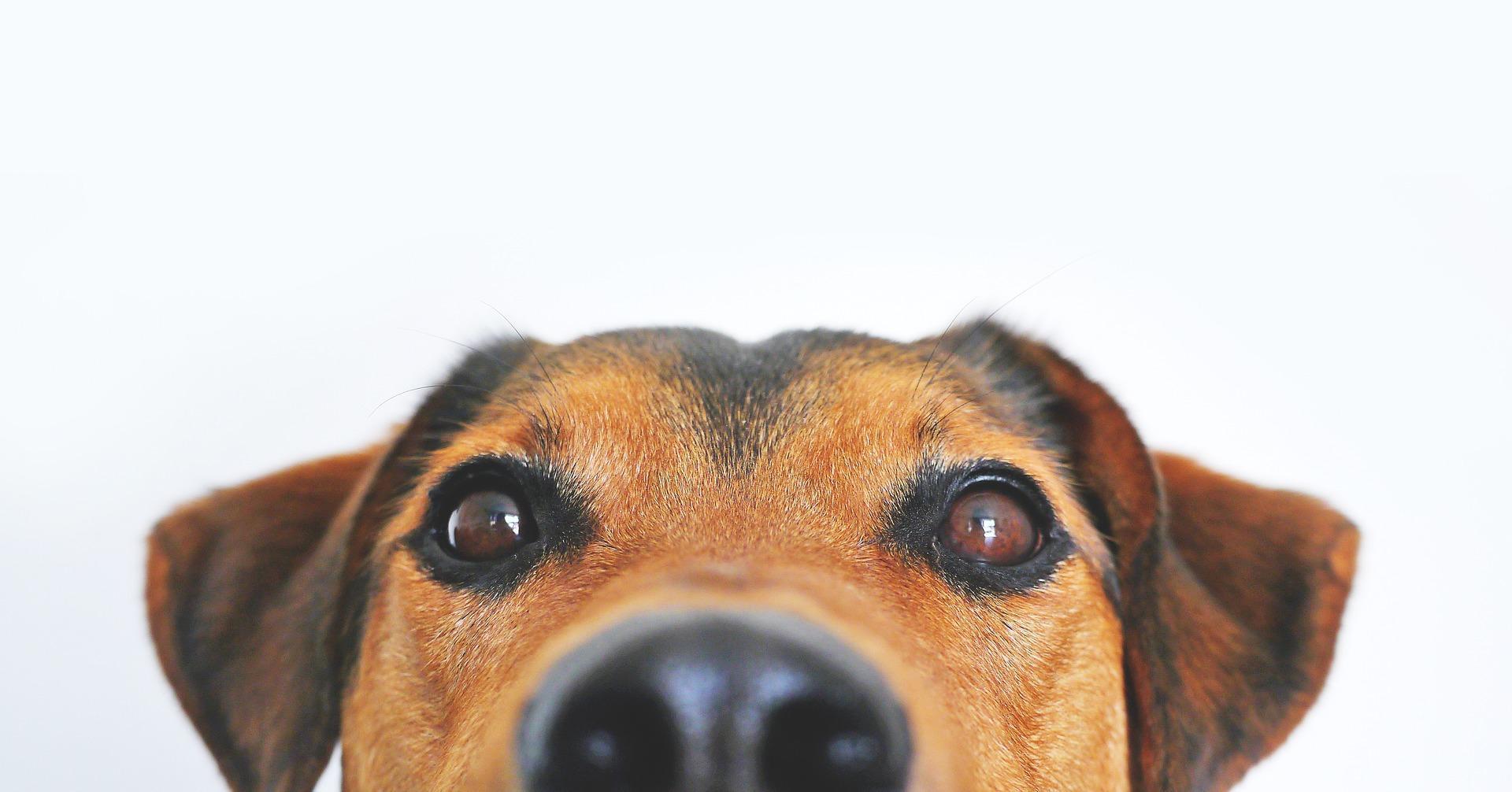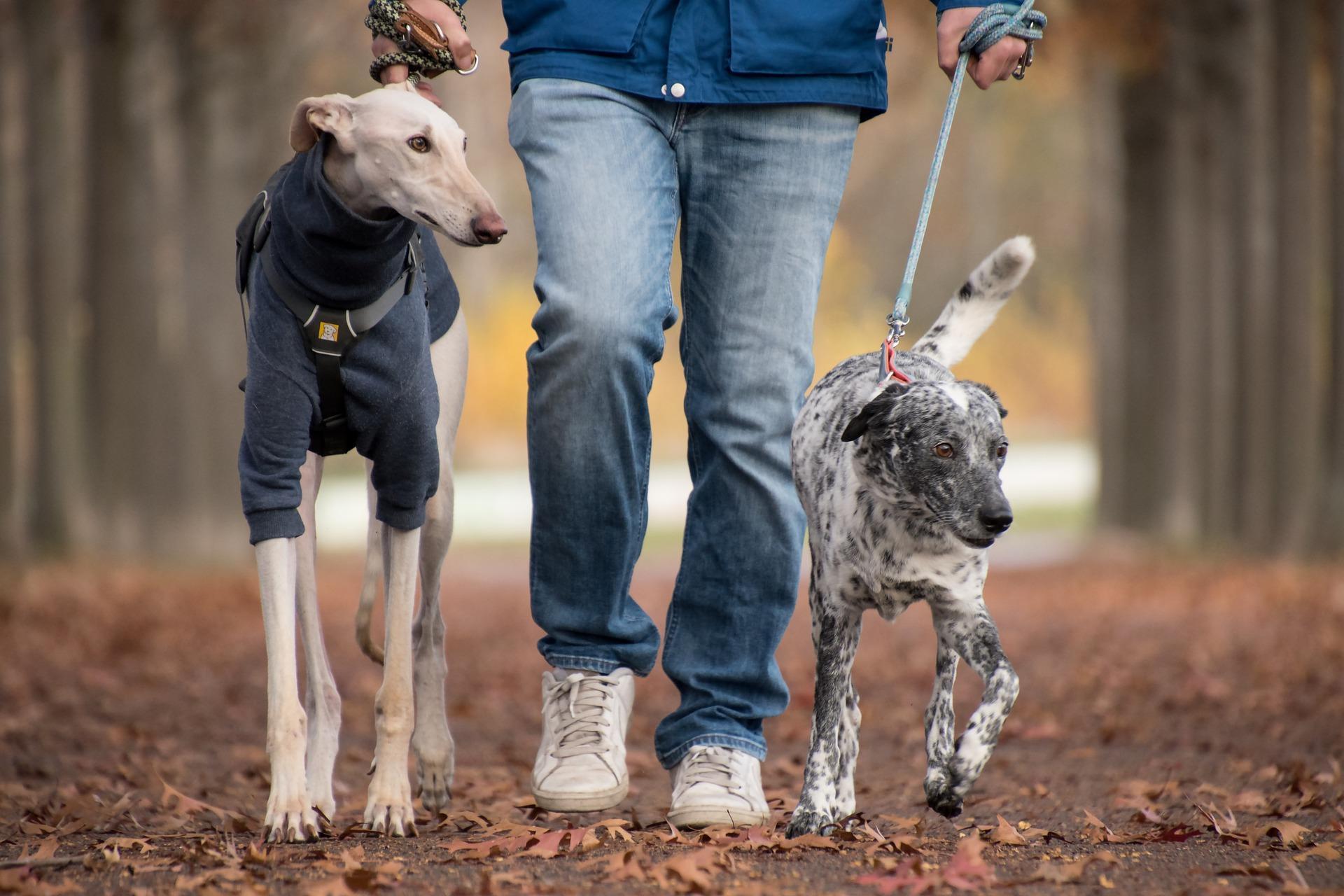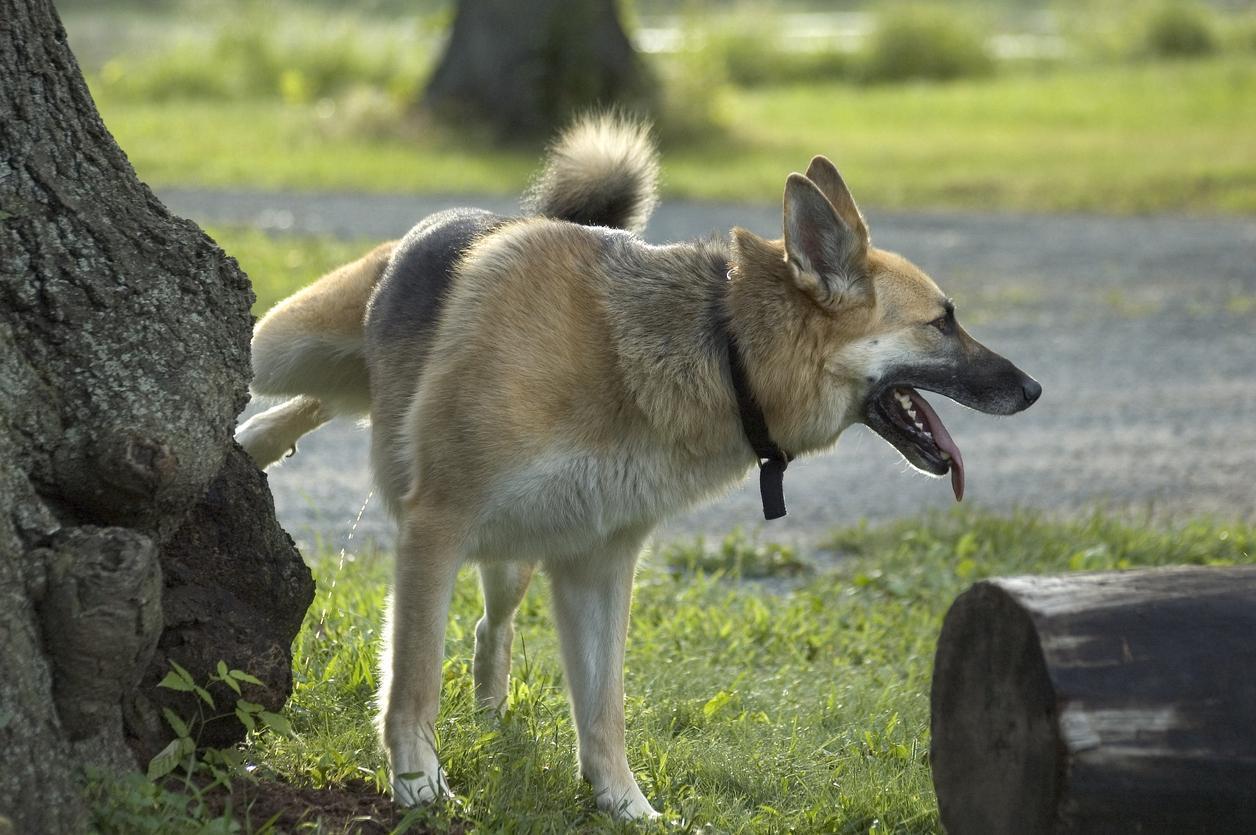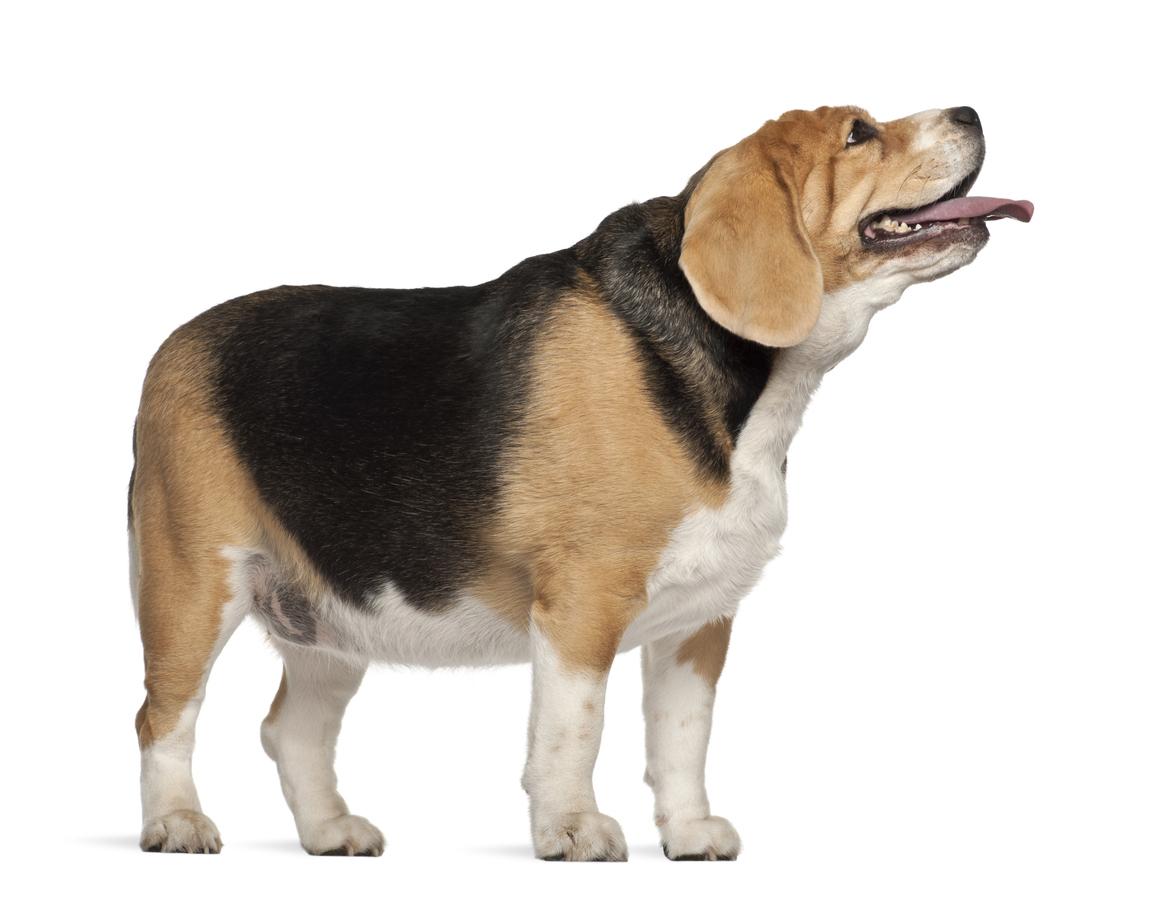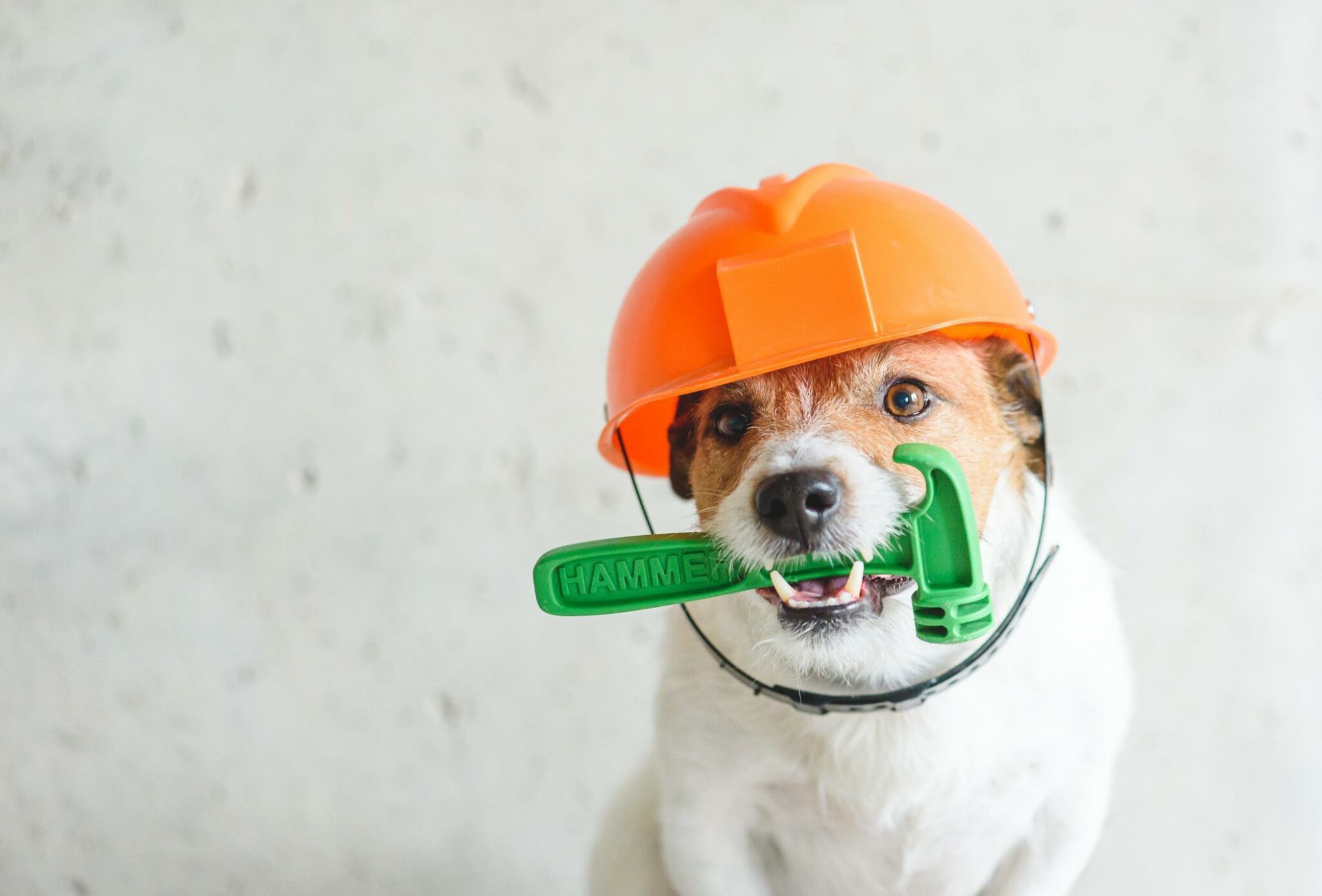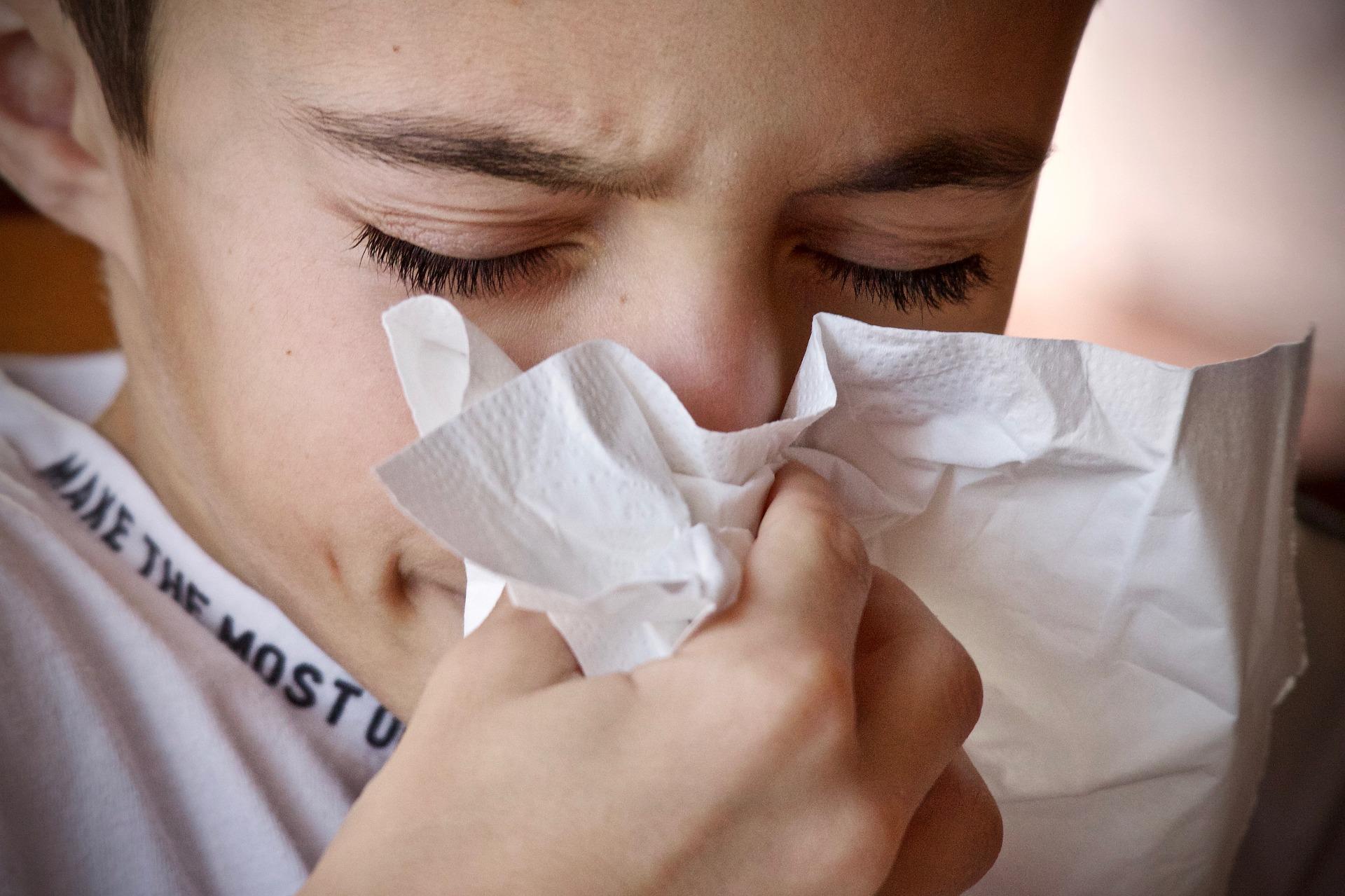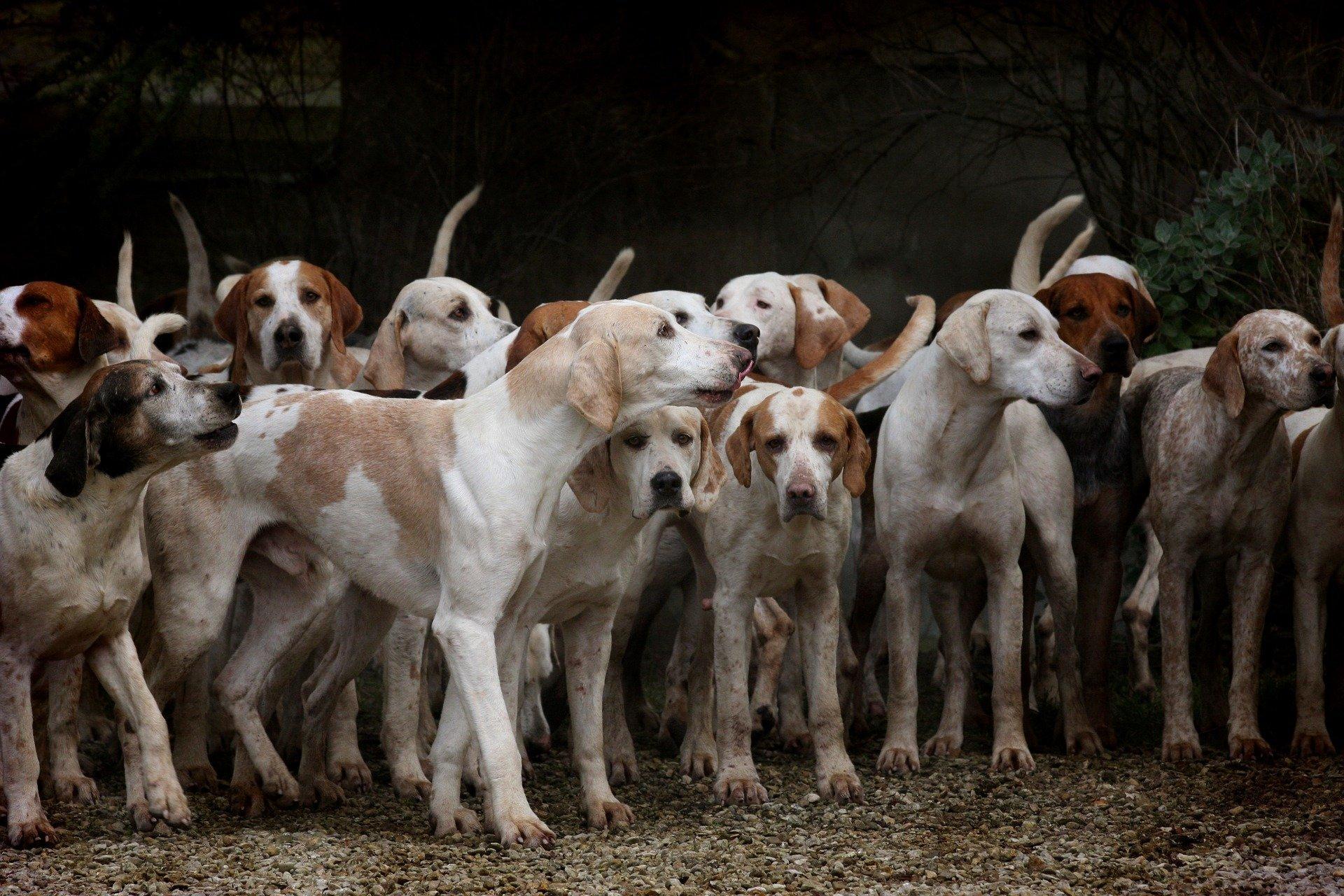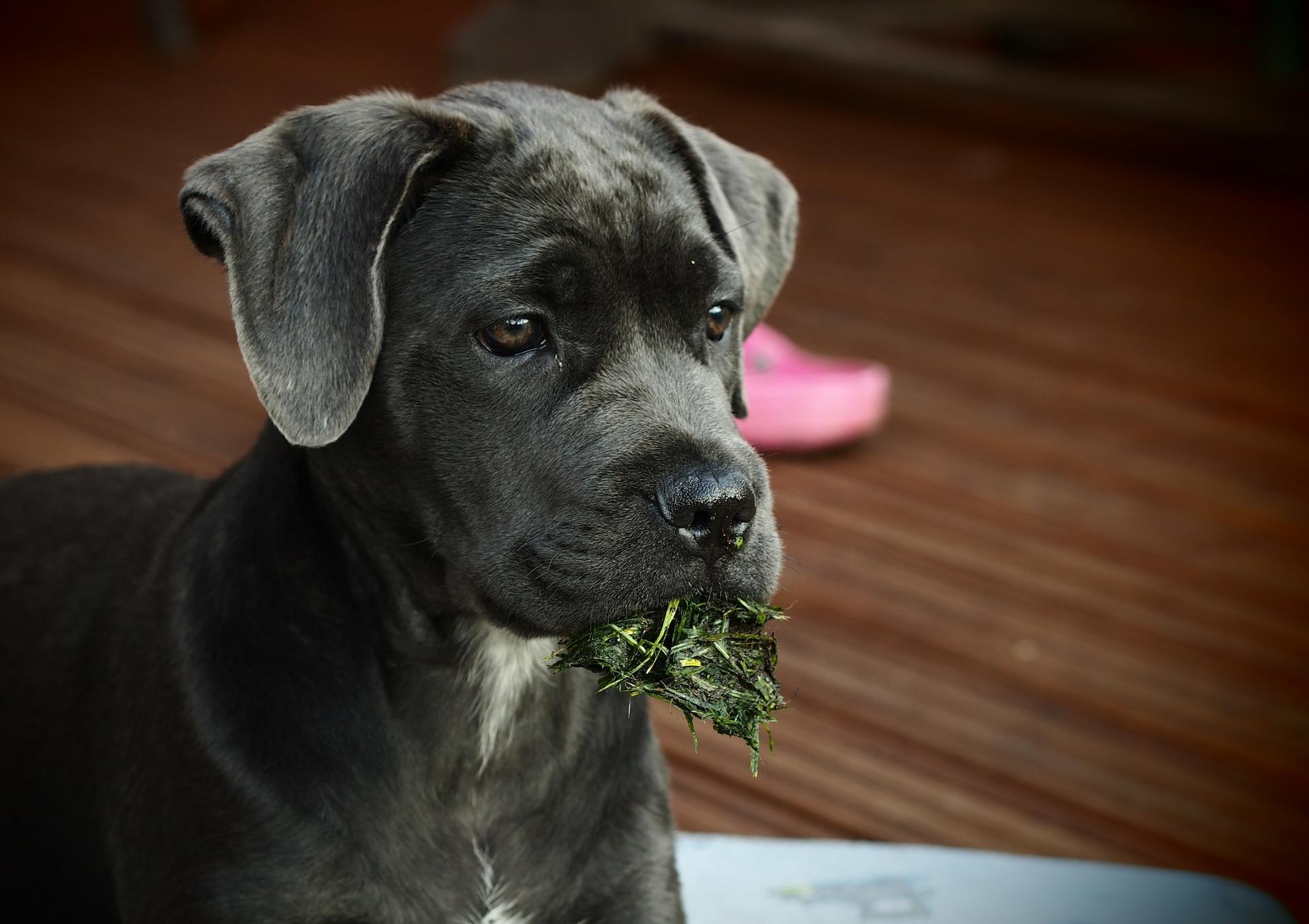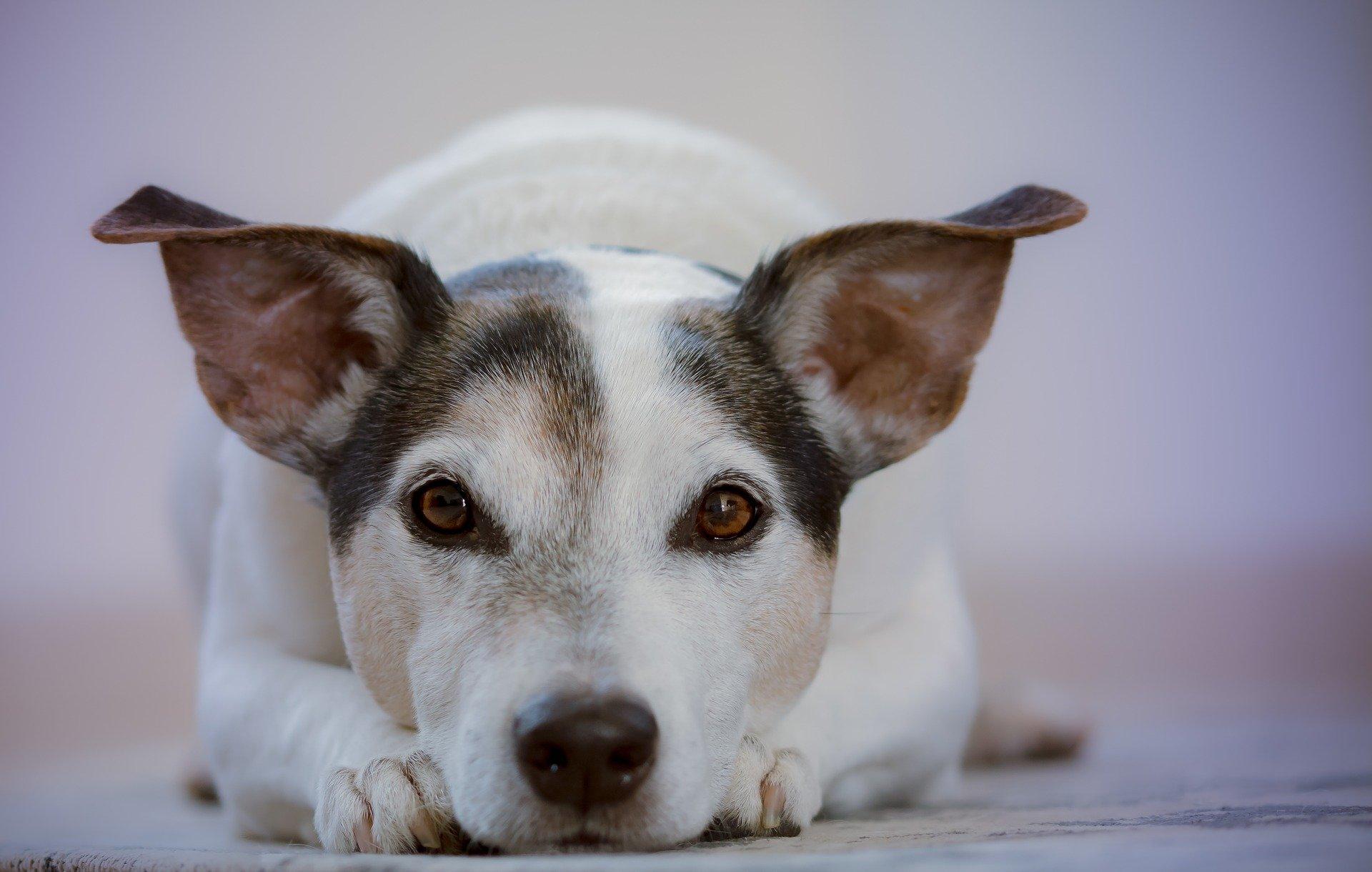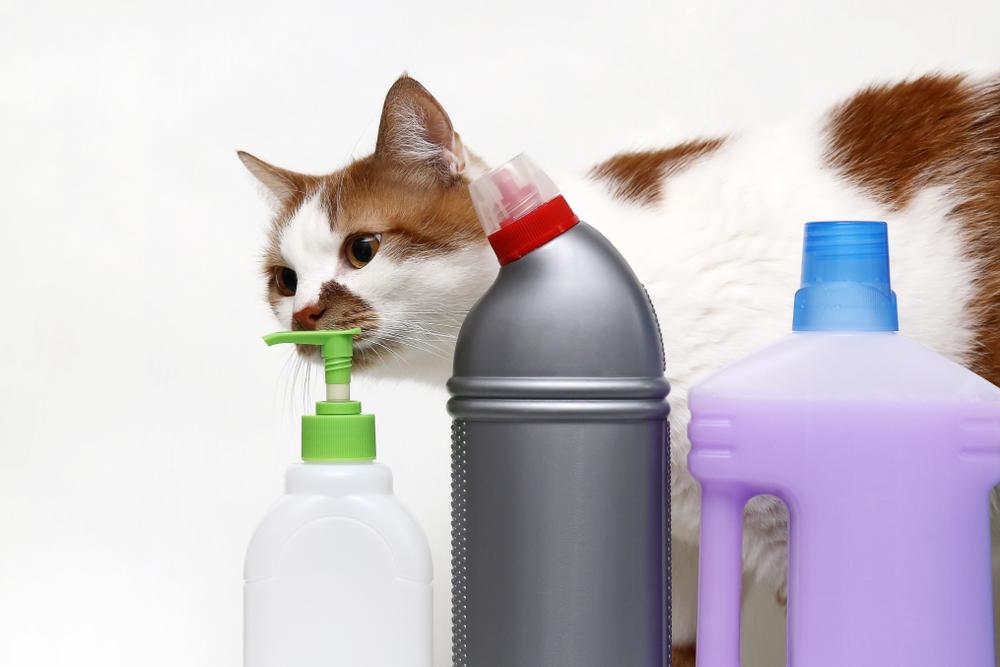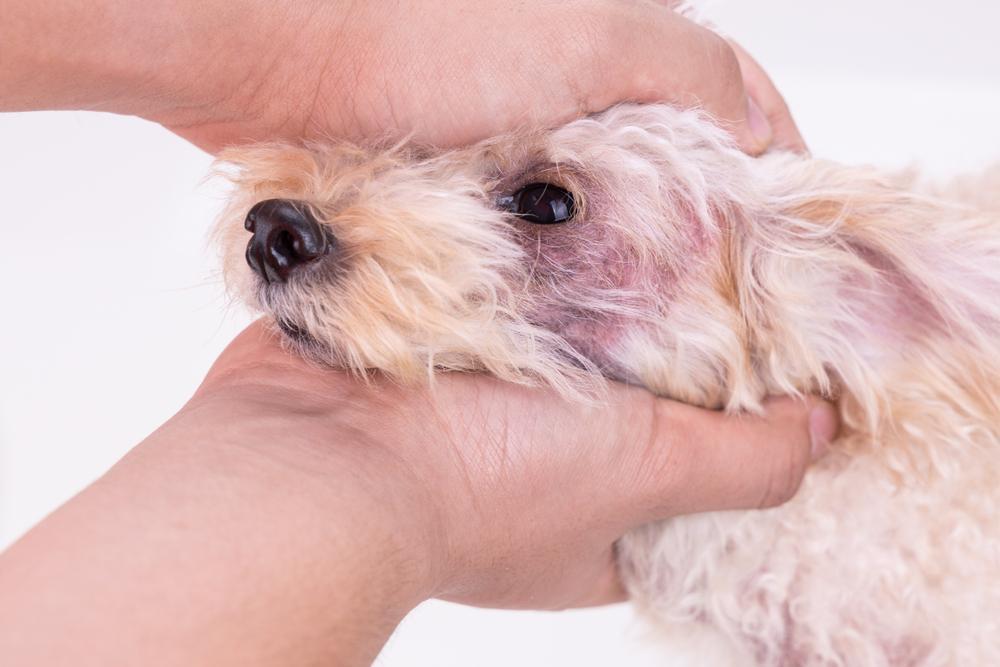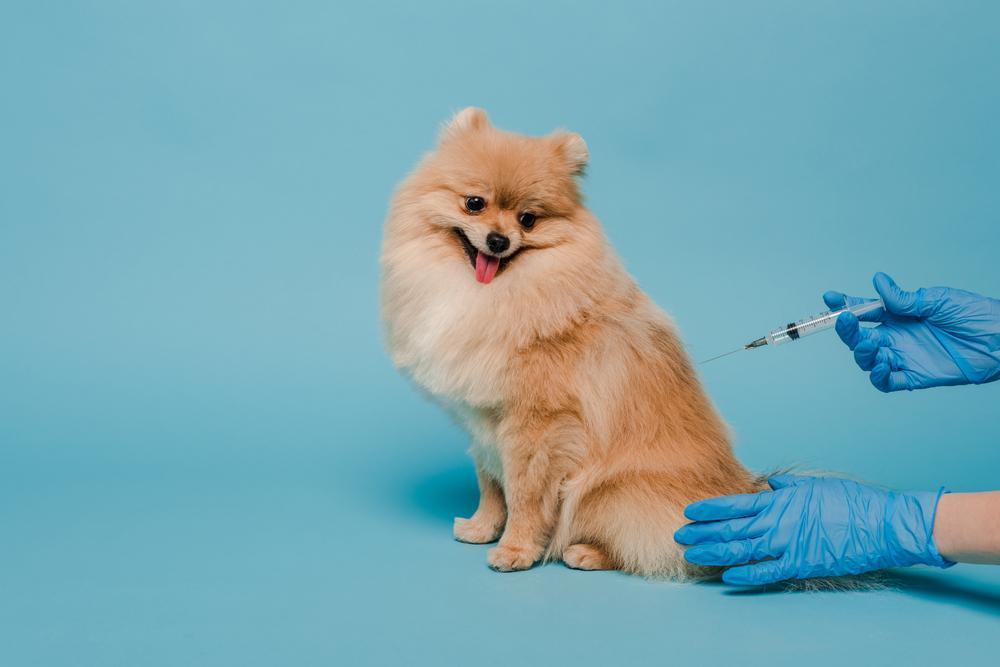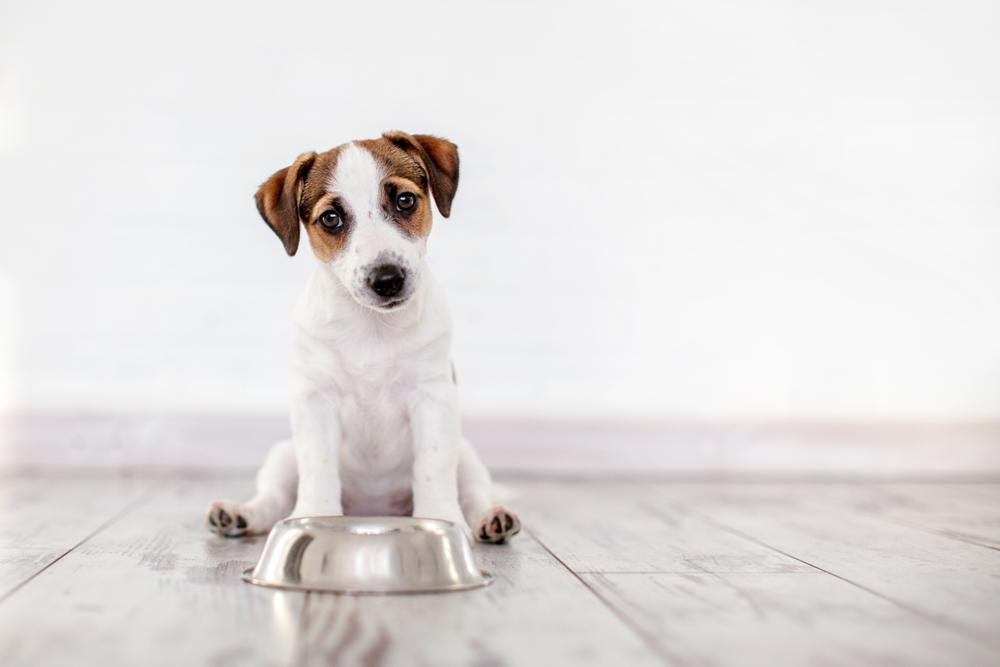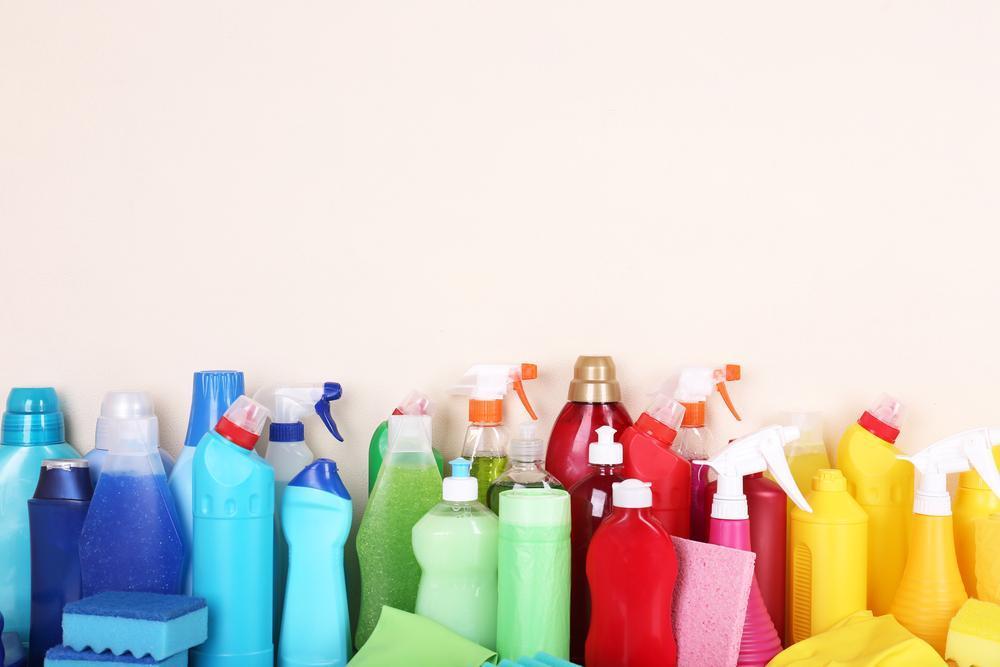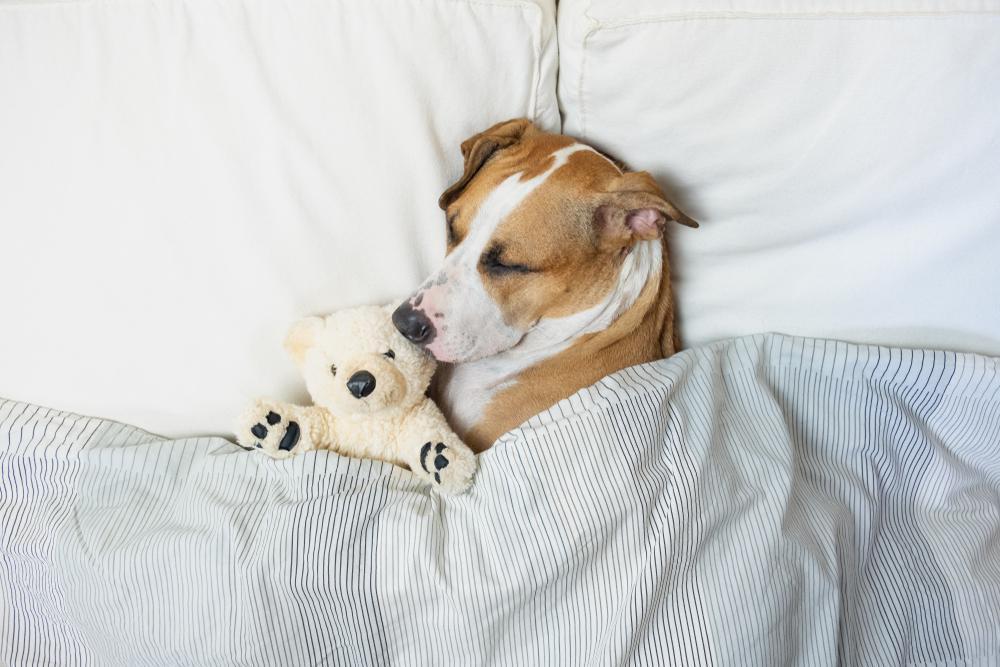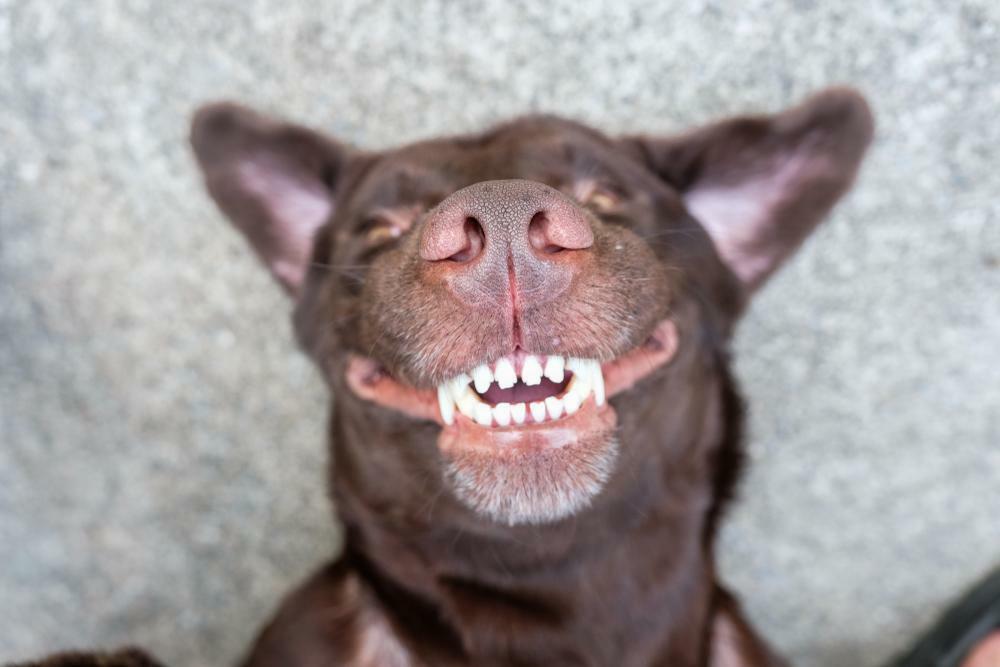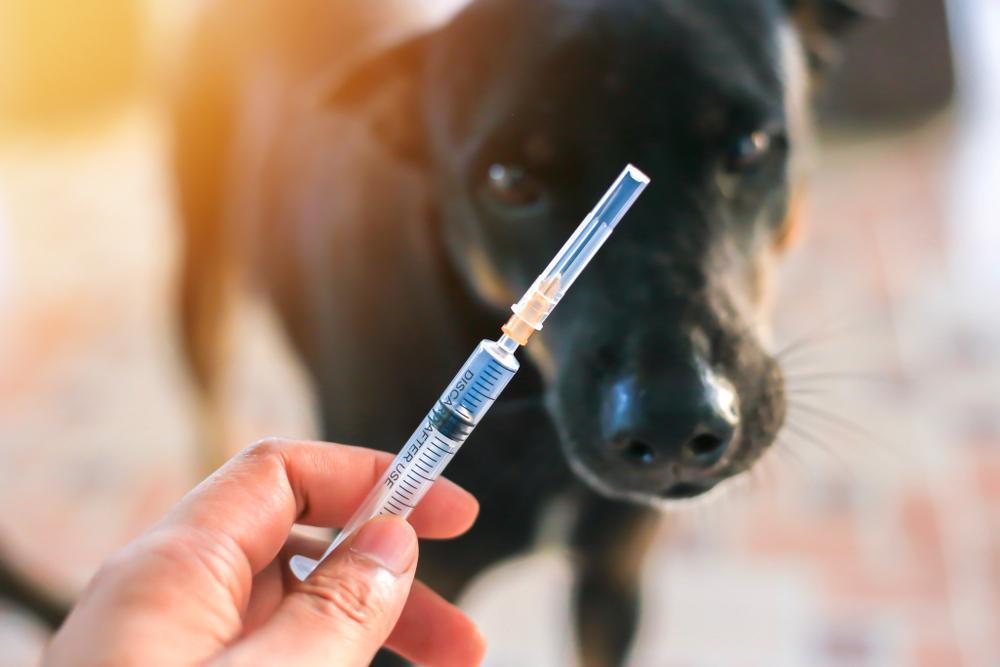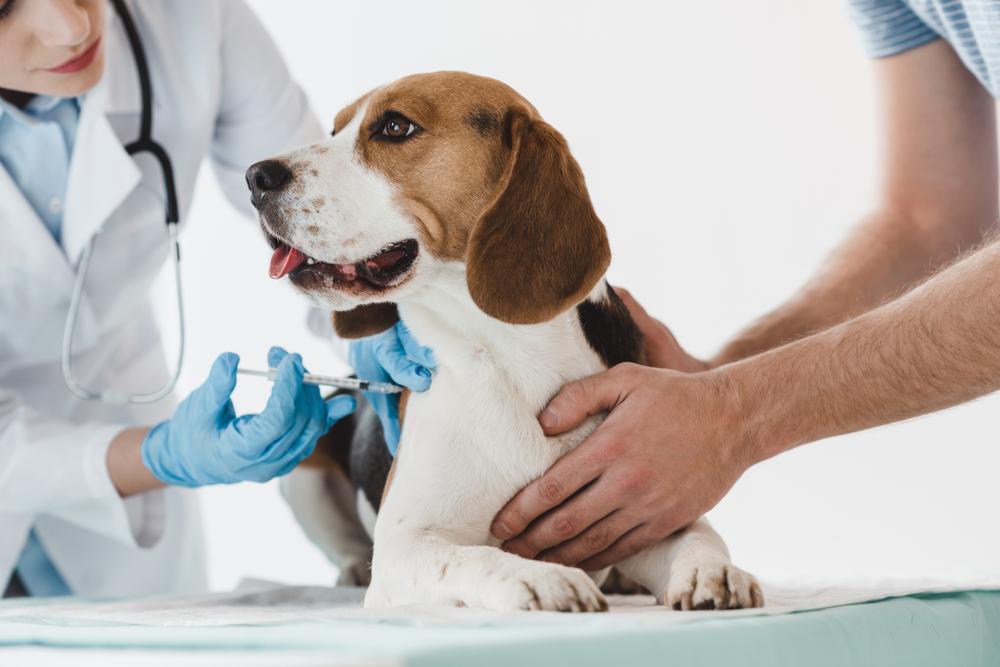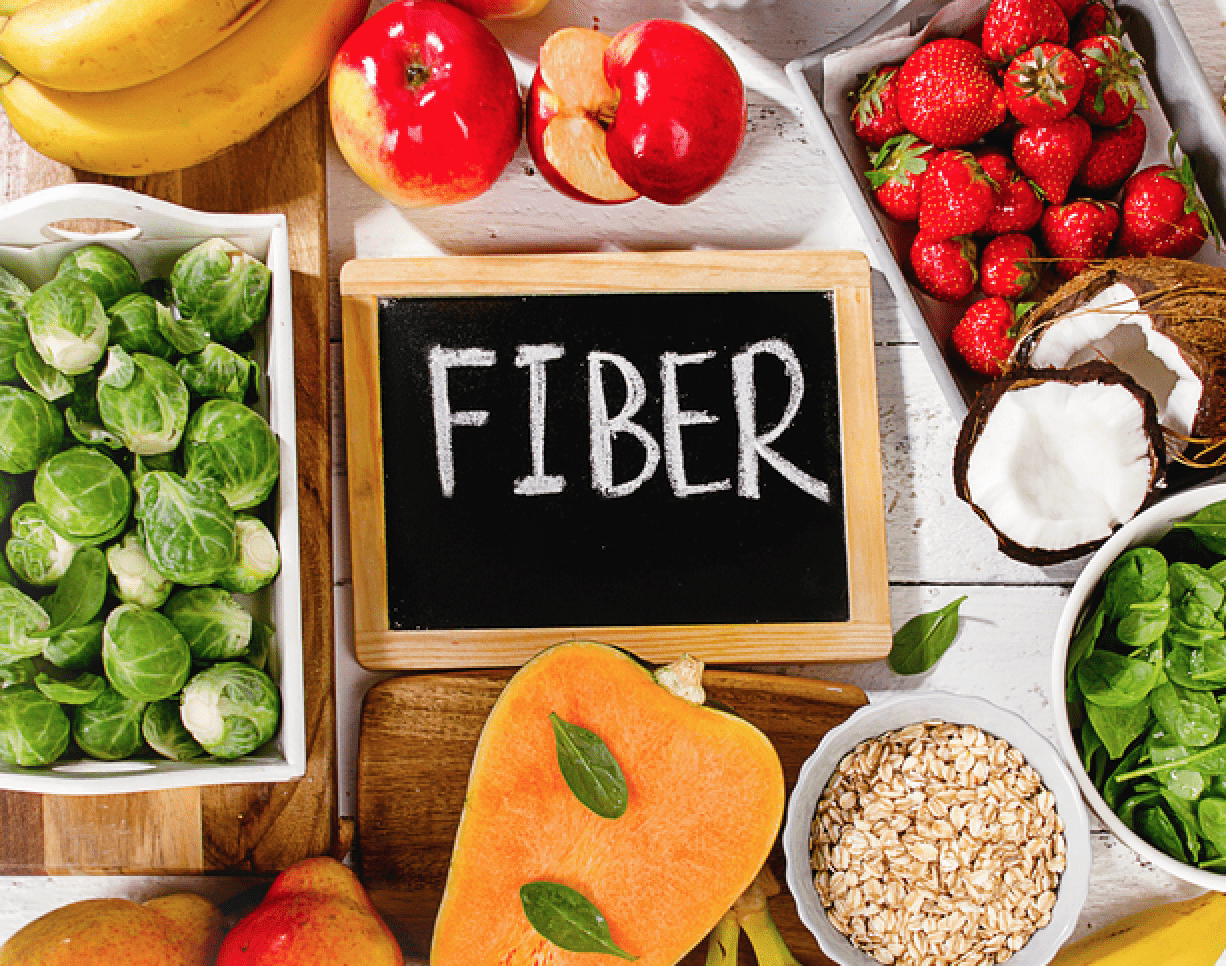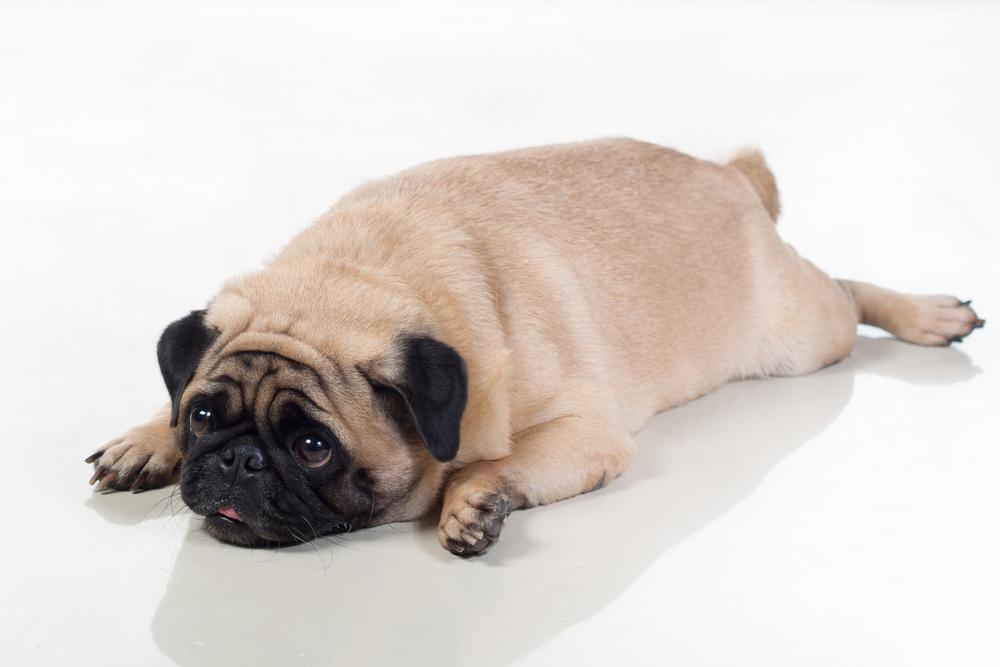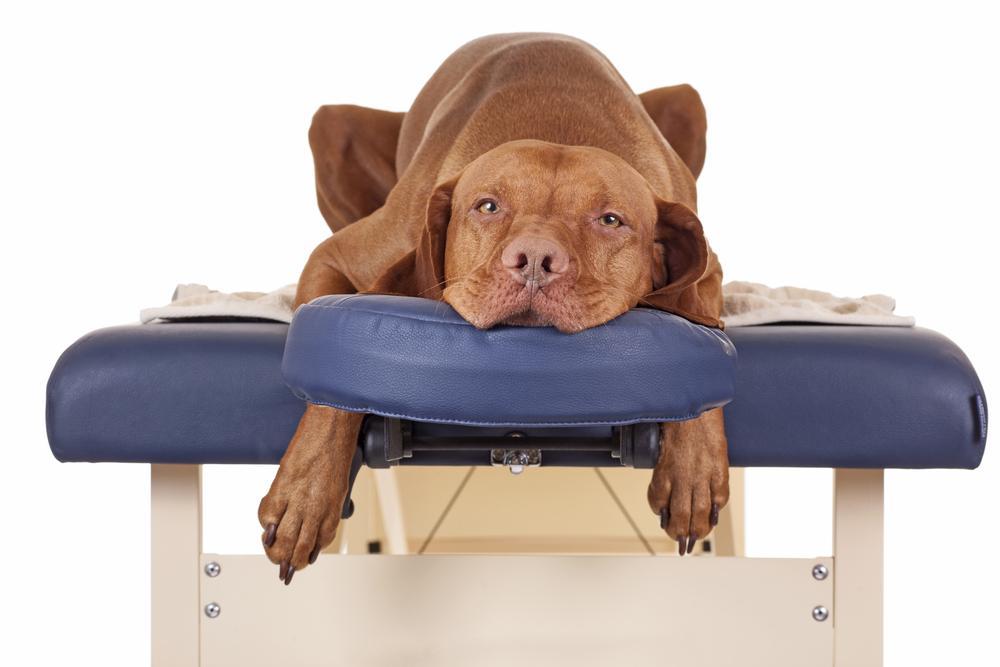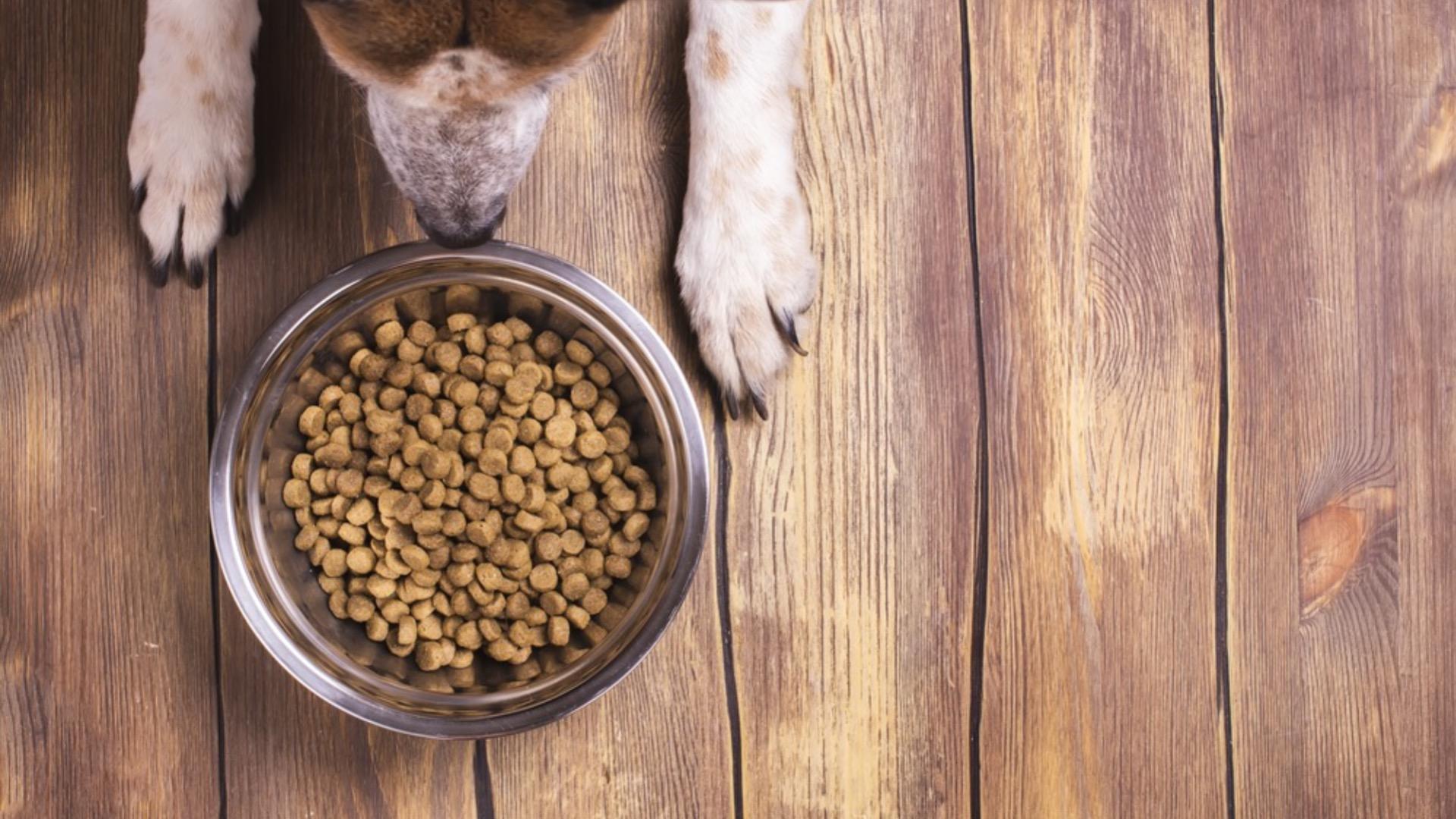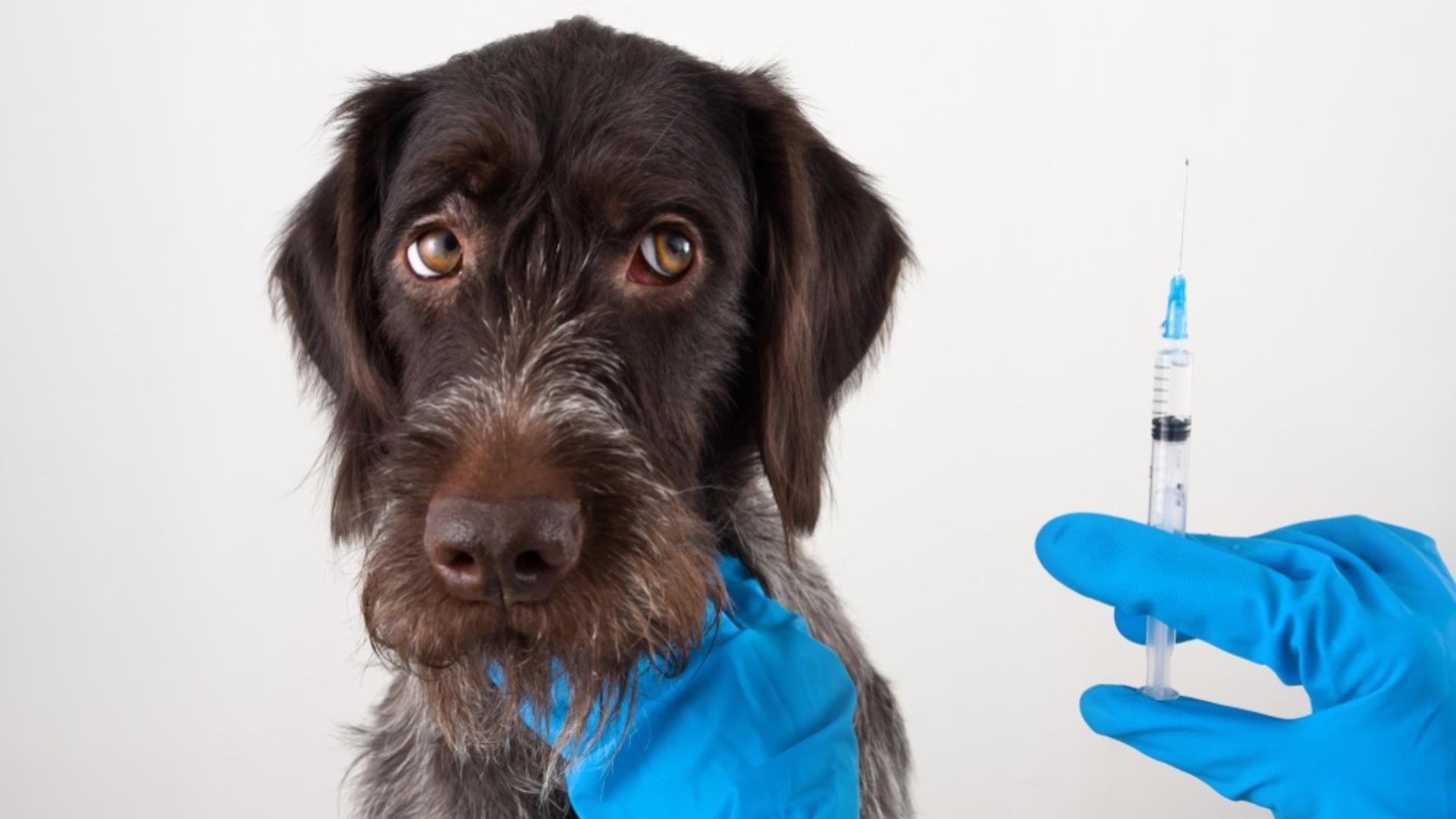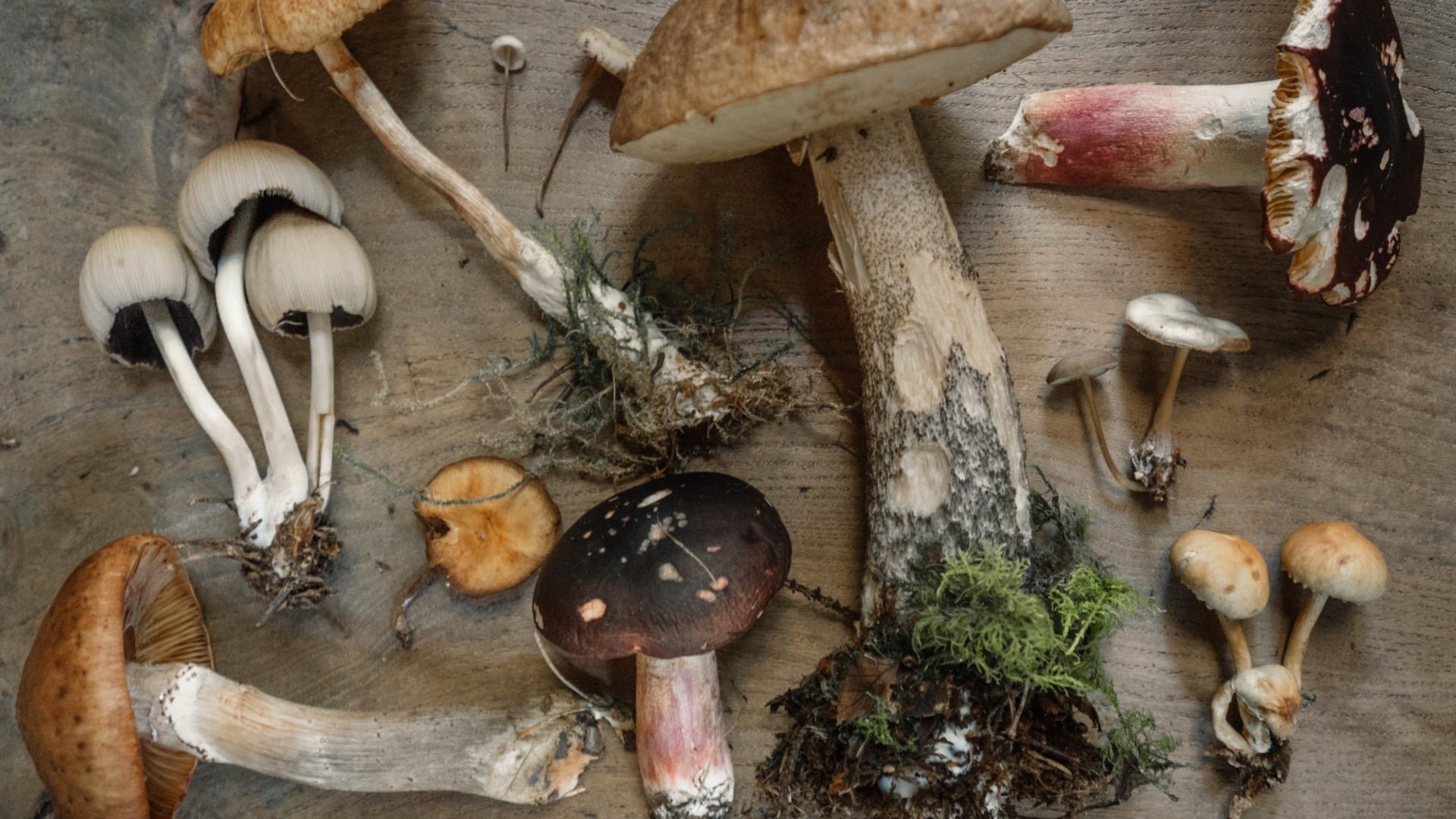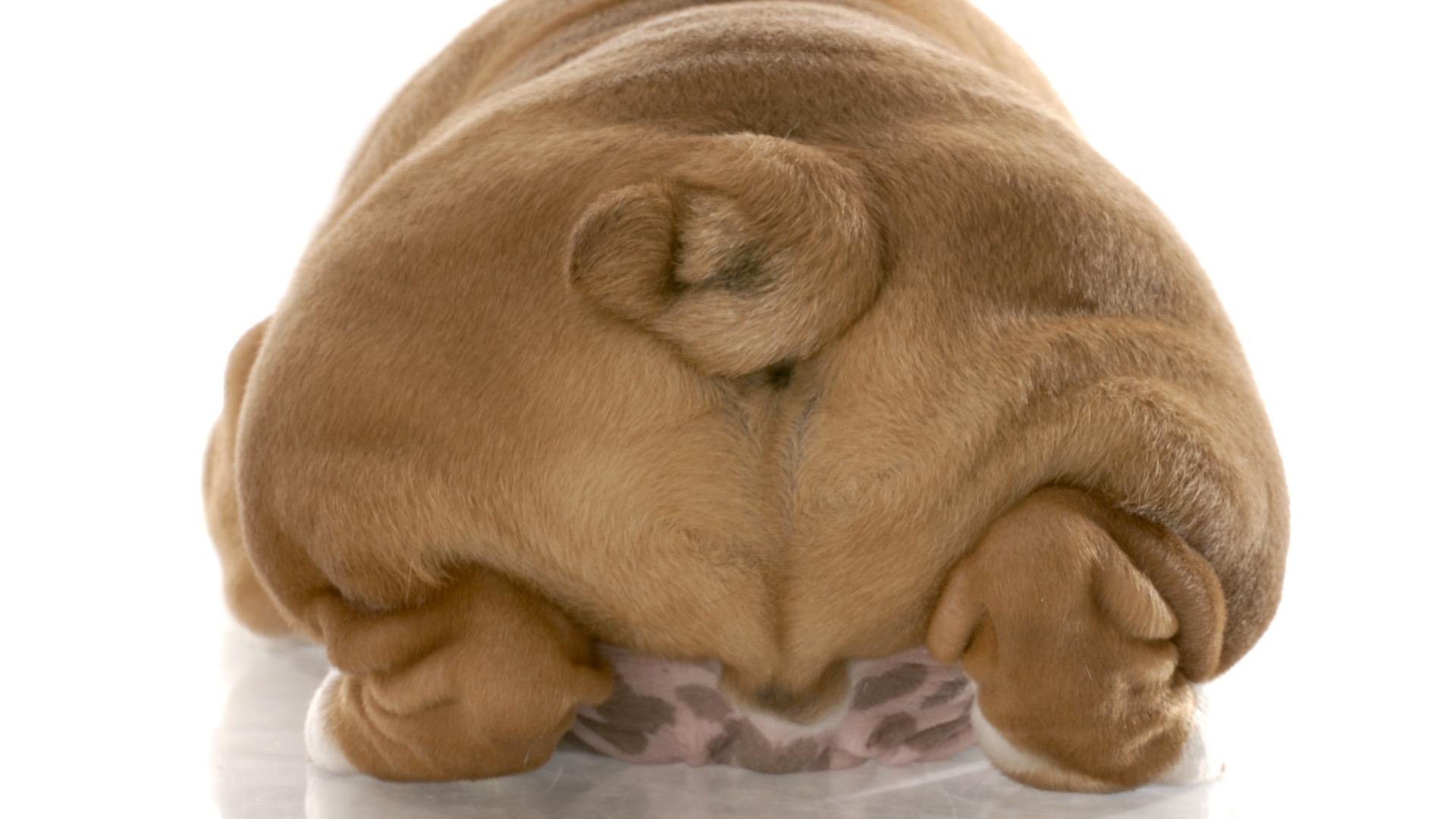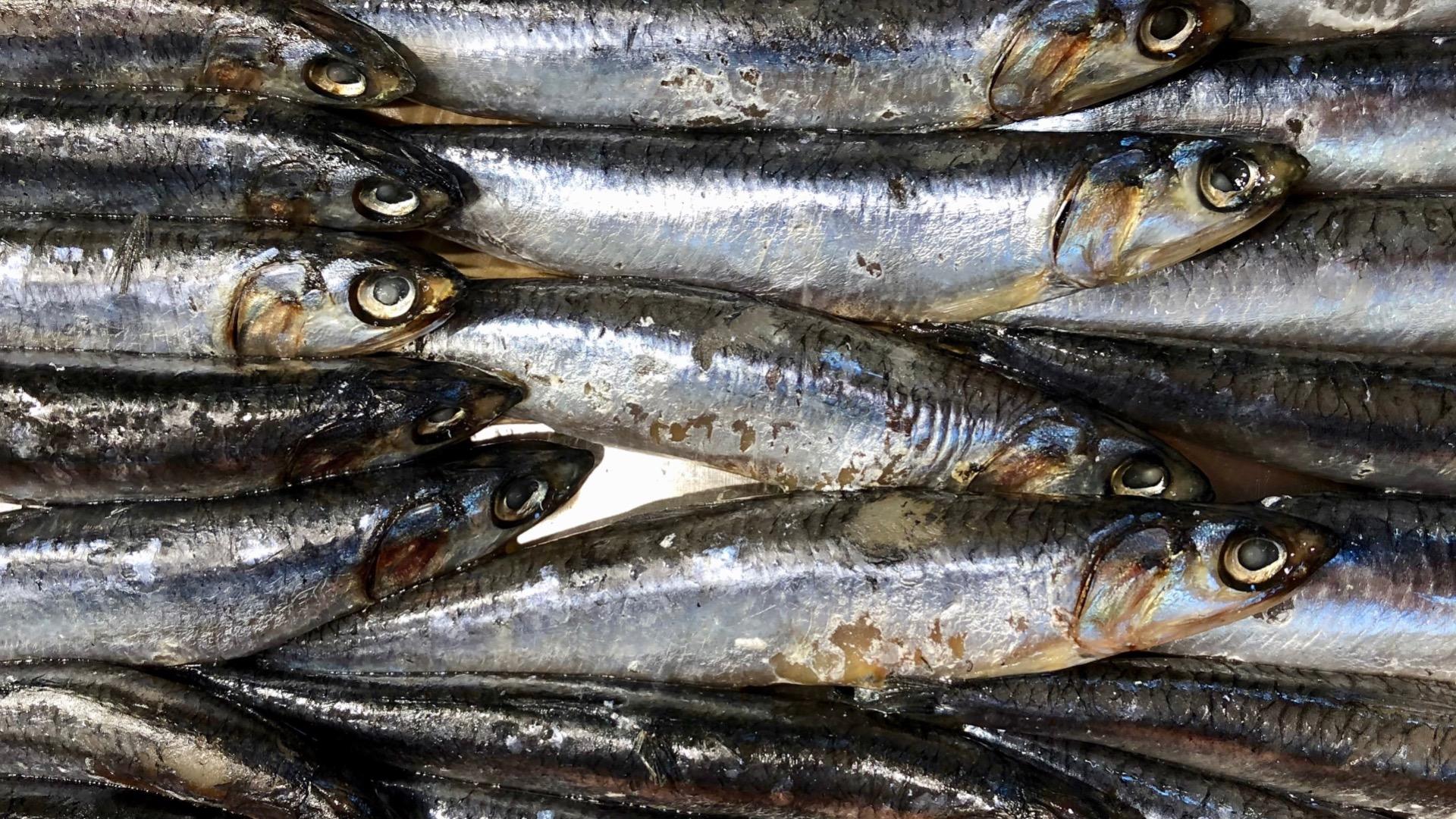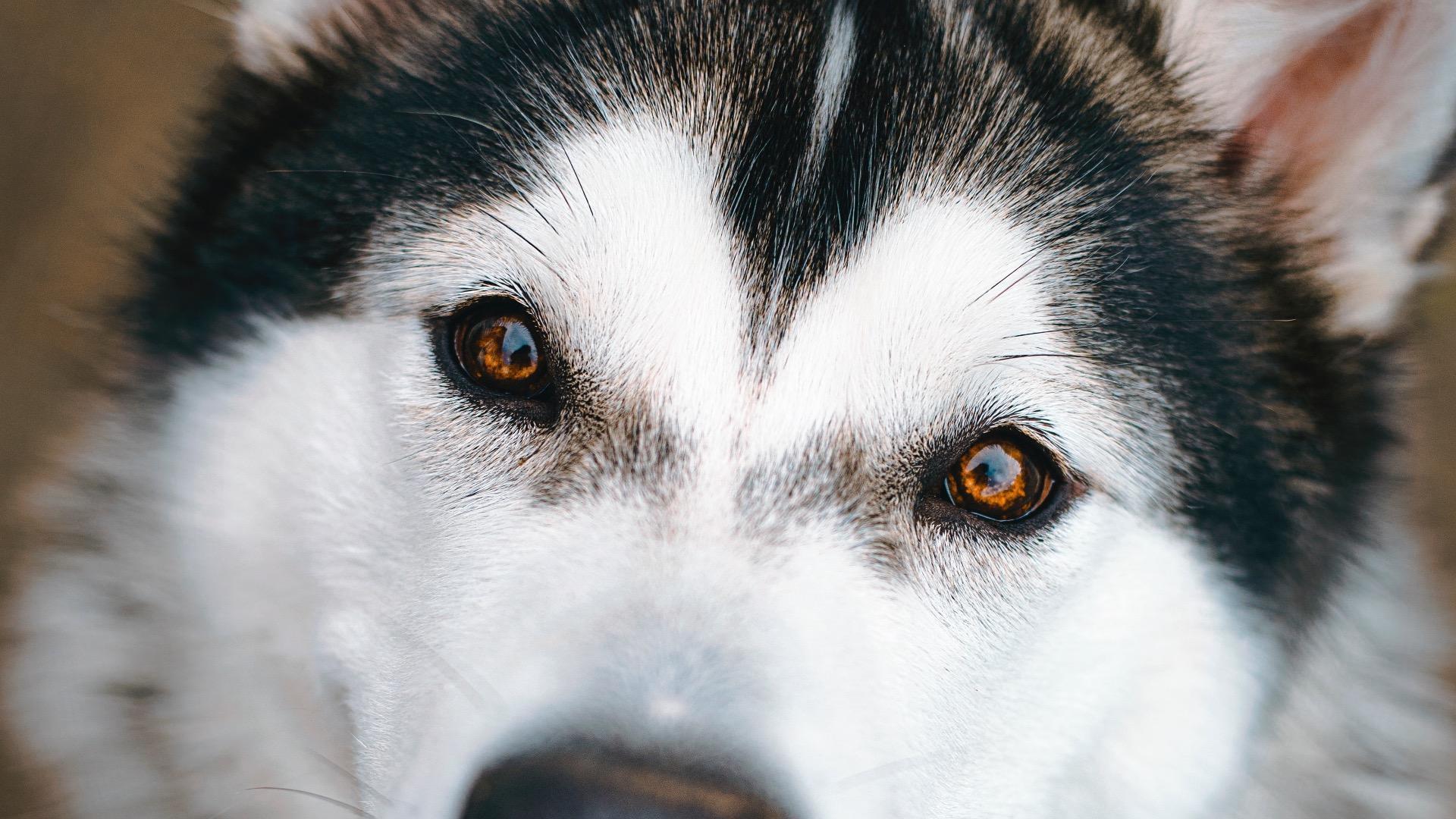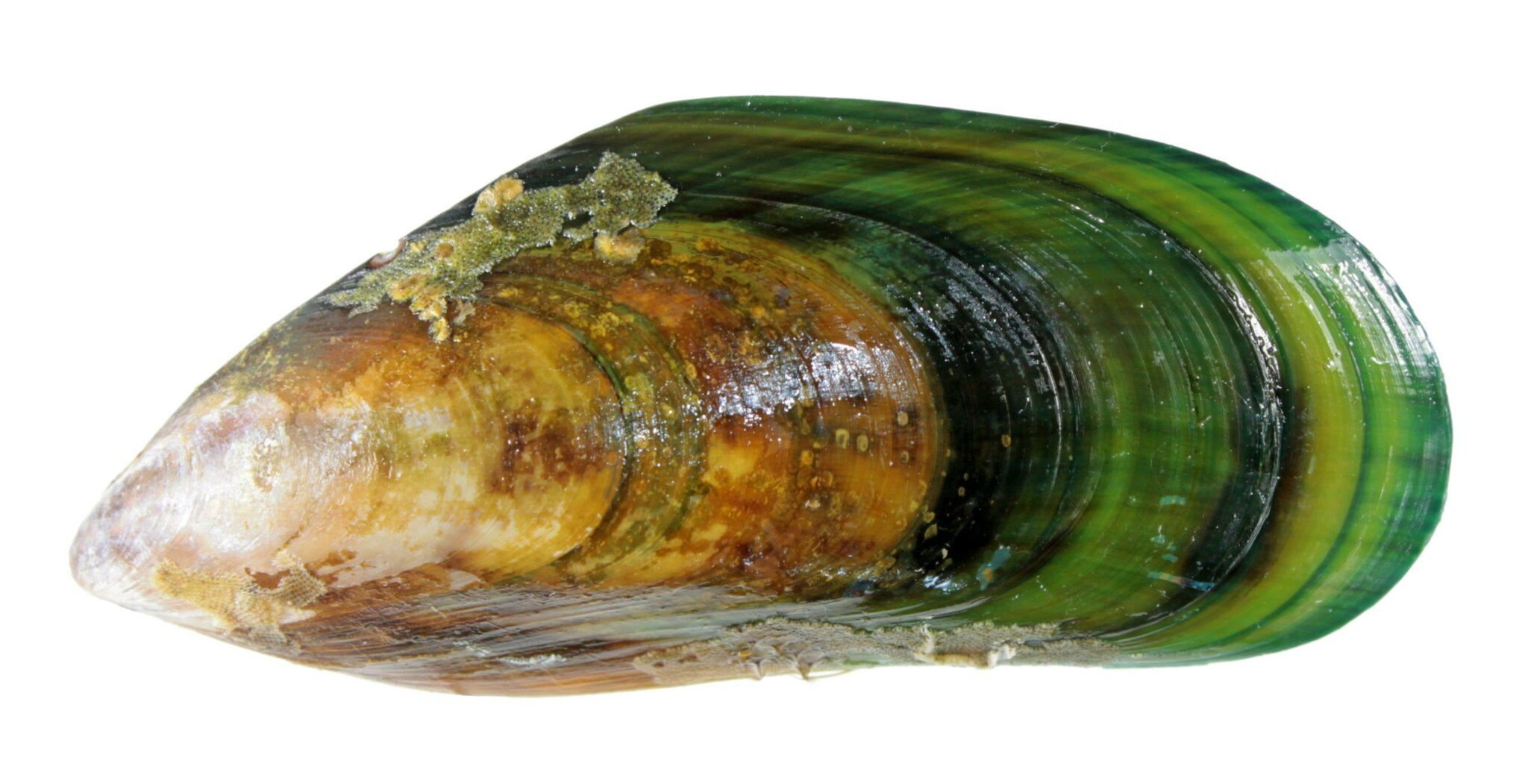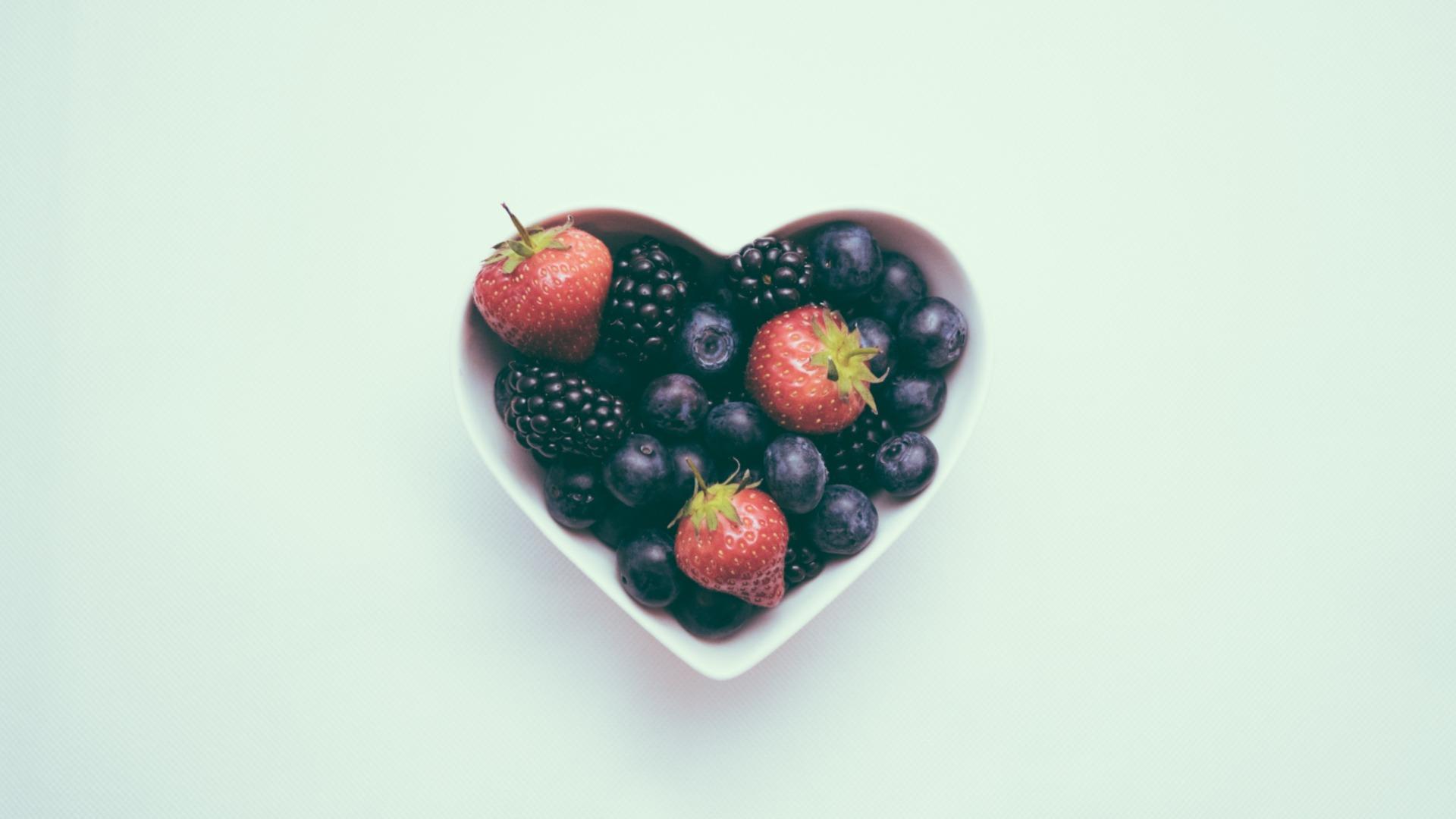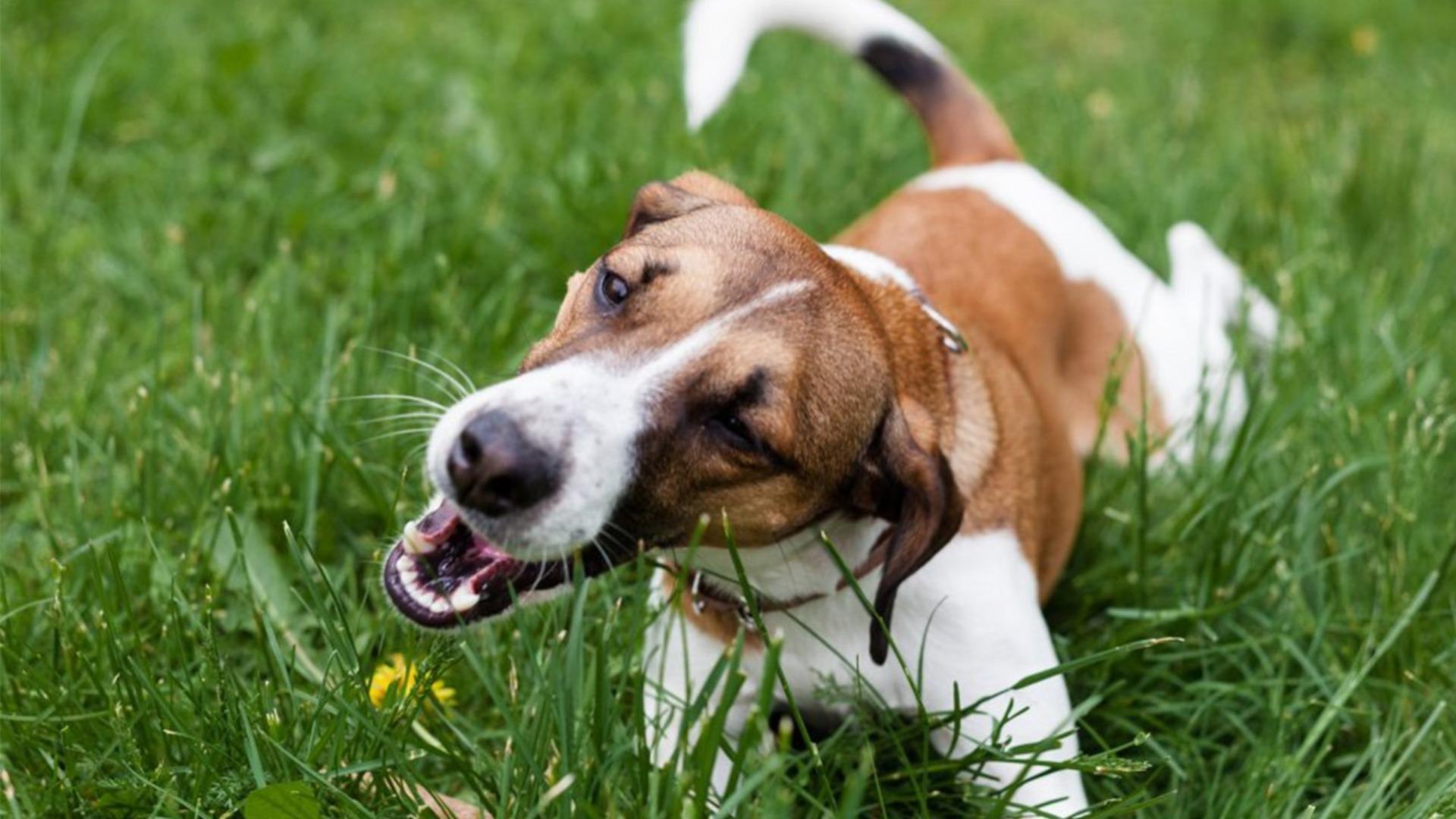
Every day, our pet’s bodies are exposed to toxins. They are produced internally in the body which includes things like lactic acid and waste products from gut microbes, hormones, and neurotransmitters, but they are also found externally, like air pollution, chemicals from cleaning products or volatile organic compounds from the plug-in air diffuser in your lounge.
What’s really sad is that the number of eternal toxins seems to be increasing year on year.
The concern is that these toxins have the ability to disrupt essential biological structures in the body.
We can’t avoid toxins, because as we have noted, they are also produced internally from normal metabolic processes, but we can limit our pet’s external exposure to reduce the burden on their detoxification systems.
Let’s take a look at how these detoxification systems work and why it’s so important to consider how exposed our pets truly are.
Detoxification is carried out by a range of mechanisms and this comes in particularly handy if one pathway is overwhelmed, another can pick up the slack.
We can think of it like a waterfall, water will always find a way down. In a healthy system, toxins will be able to find a way out.
Initially, the body will attempt to detoxify at source.
These locations include the intestinal mucosa, the respiratory mucosa, the microbiome, and the skin epidermis. Whilst these also provide a physical barrier to prevent toxin transport, they also express a range of enzymes which are essential in sweeping toxins away.
Detoxification falls into three phases.
The first two phases are concerned with breaking down the toxin in the body, and phase three is concerned with excreting it. For the body to manage a toxic load, all three phases need to be working optimally.
Here we are mostly concerned with a range of enzymes like MAOs or monoamine oxidases dealing with neurotransmitters (those chemical messengers involved in mood and behaviour amongst other things) and PON1 or paraoxonase 1 dealing with pesticides and oxidised lipids. The names aren’t important, but the point is that at this stage the body needs to be efficiently producing these enzymes to metabolise the toxins. Most of this occurs in the liver, so for healthy detoxification processes, the liver needs to be functioning well too.
A Brief Guide to Liver Function in Pets
This stage is particularly nutrient-demanding and sufficient levels of key vitamins and minerals are essential. They include:
But amino acids like cysteine are also important.
This phase also generates high numbers of reactive oxygen species, or ROS leading to oxidative stress. So, supporting the body’s antioxidant defences is also important.
Does My Dog Need Antioxidants?
Once toxins have passed through phase I, they are not completely finished with. Intermediate metabolites are produced and they sit in the body. It’s almost like putting your rubbish in the outside bin, but missing collection day. The rubbish remains.
This is where Phase II comes in.
Within phase II there are a number of pathways and they are all responsible for detoxifying different compounds.
The pathways include:
The process of methylation deals with heavy metals, plastics, medications, mould, histamine, and hormones, amongst others.
Methylation Nutrient Needs:
The process of sulphation deals with heavy metals, heavy smoke, hormones, neurotransmitters, plastics, phenols, and medications including antibiotics.
Glutathione conjugation deals with heavy metals, plastics, mould, heavy smoke, pesticides, and medications like steroids. Glutathione is a master antioxidant so is also important in neutralising the reactive oxygen species produced in phase I.
Glucuronidation is involved in managing heavy metals, sex hormones, neurotransmitters, plastics, mould, smoke, medications including paracetamol, non-steroidal anti-inflammatories and immunosuppressants.
Glucuronidation Nutrient Needs:
Acetylation supports the detoxification of smoke, halides, neurotransmitters, histamine, and medications including antibiotics.
At this point, we move into phase III, where we need to ensure the excretory part of the process is working as it should. This includes the function of the gut, skin, liver and kidneys.
For optimal excretion of toxins through the digestive system, gut health is vitally important. Maintaining the mucosal barrier is key for gut health along with supporting motility.
Here functional ingredients can help lubricate the digestive tract, promote regular motility, aid elimination, and support the microbiome.
Some useful ingredients include:
Adequate hydration is also important along with limiting stress where possible.
Can Stress Affect My Dog’s Digestive System?
Top tips to support detoxification:
The skin provides an effective physical barrier to prevent toxins entering the body, so its structure and microbiome is key. Feed a diet that includes bioavailable protein and fat and reduce exposure to grooming products that can skew the microbiome of the skin.
We also need to take steps to optimise gut health.
7 Steps to Optimal Gut Health For Pets
Each phase of detoxification requires certain nutrients, and the processes are quite demanding. Ensure you are feeding a diet rich in the following nutrients:
Vitamins A, C, E
B Vitamins: B1, B2, B3, B6 and B9 (folate)
Minerals: Iron, Zinc and Magnesium.
The first phase also produces high numbers of free radicals so include antioxidant foods in the diet too!
Perfect additions include:
– Berries
– Nuts and Seeds
– Green Leafy Vegetables
– Oily Fish
– Eggs
– Liver
– Meats
– Peppers
– Strawberries
– Broccoli
The best way to support the detoxification system is to not overload it in the first place, so avoiding toxins wherever possible. This isn’t easy, as us and our pets are exposed all the time, but making mindful choices on products used on us, our pets and around the home is a good place to start. Whatever the body is exposed to, it has to do something with it.
Is Your Toxic Home Affecting Your Pet?
If you would like to optimise your dog’s detoxification processes, then check out our services to see how we can help.
Thanks for reading,
MPN Team


